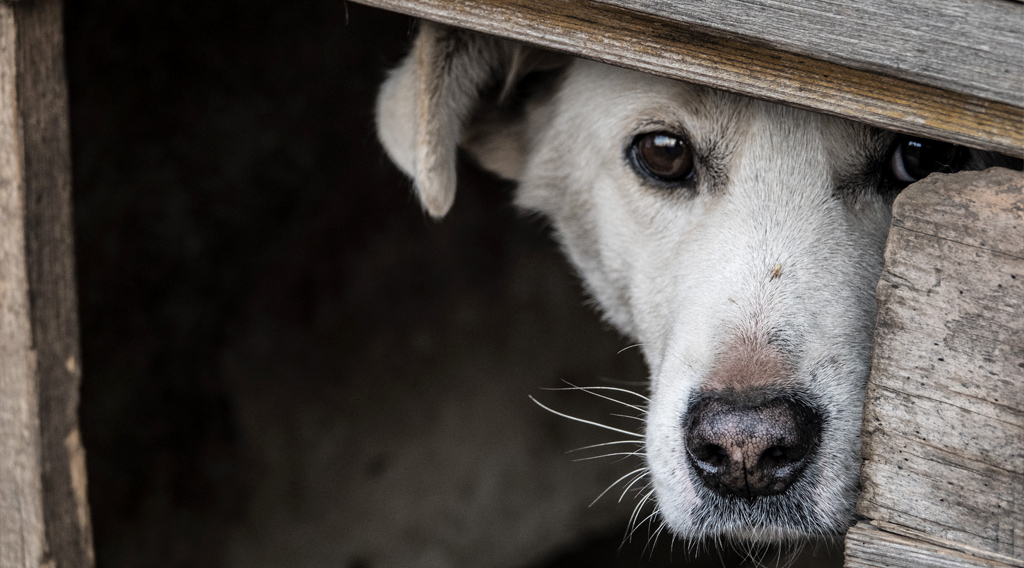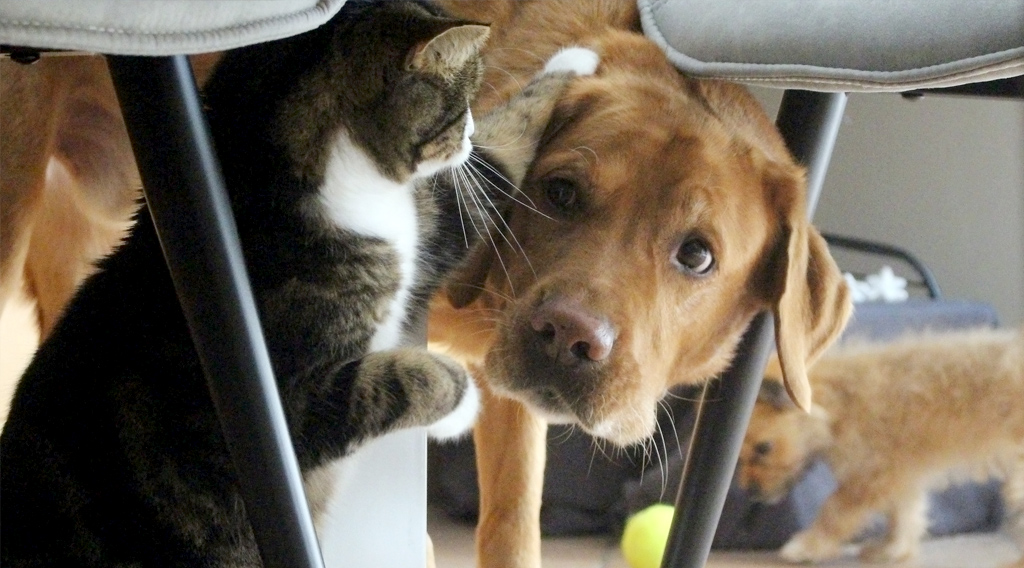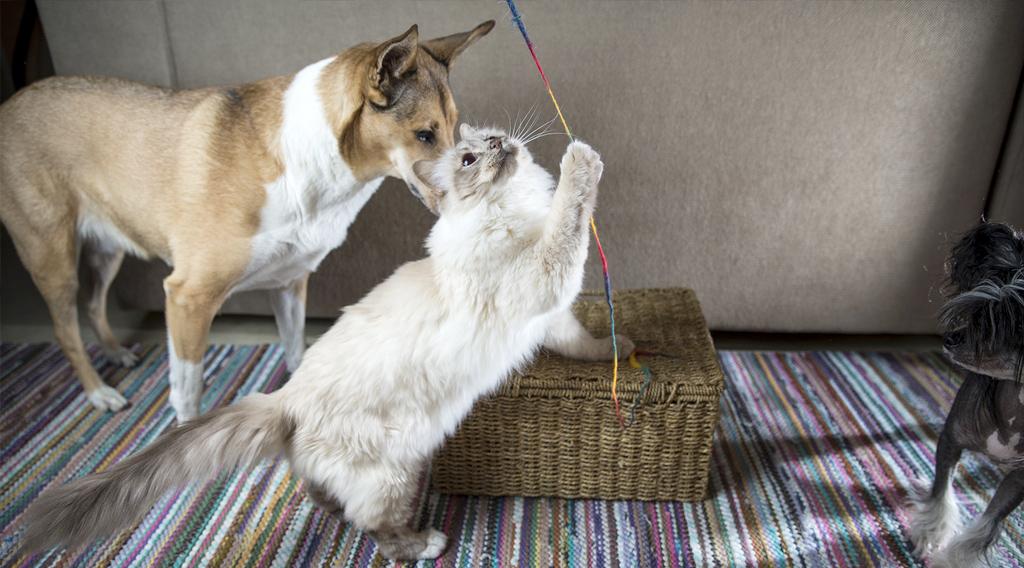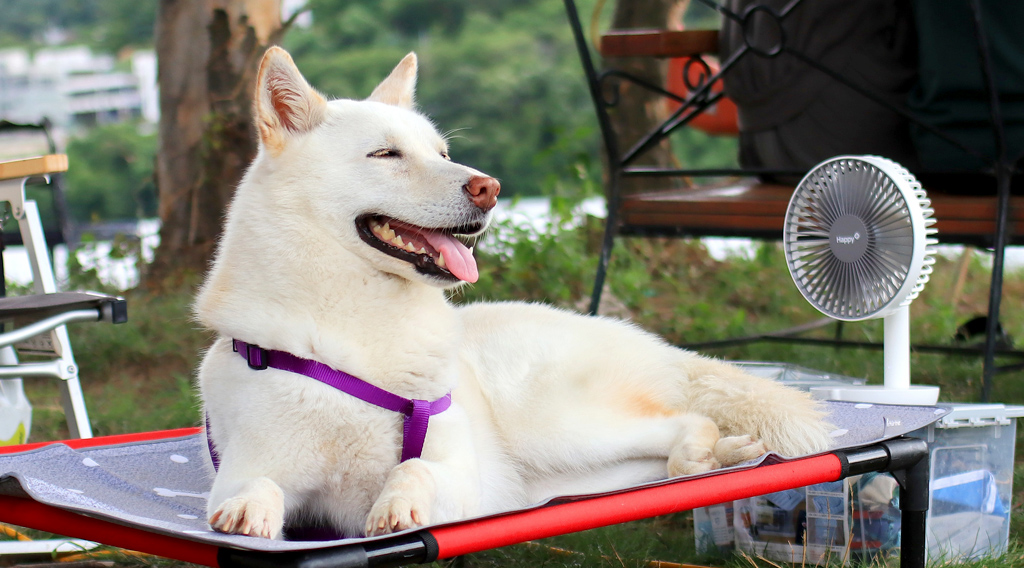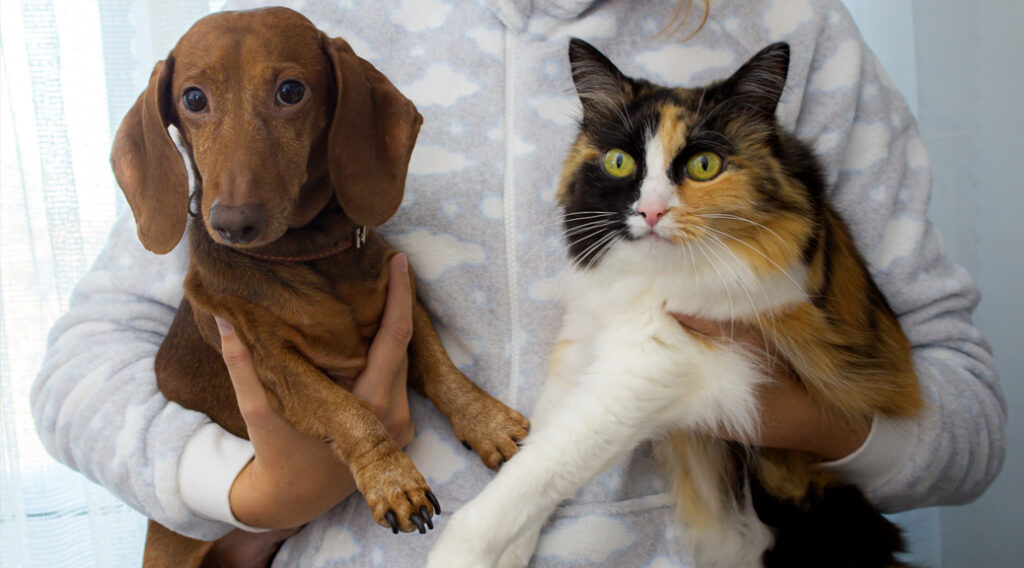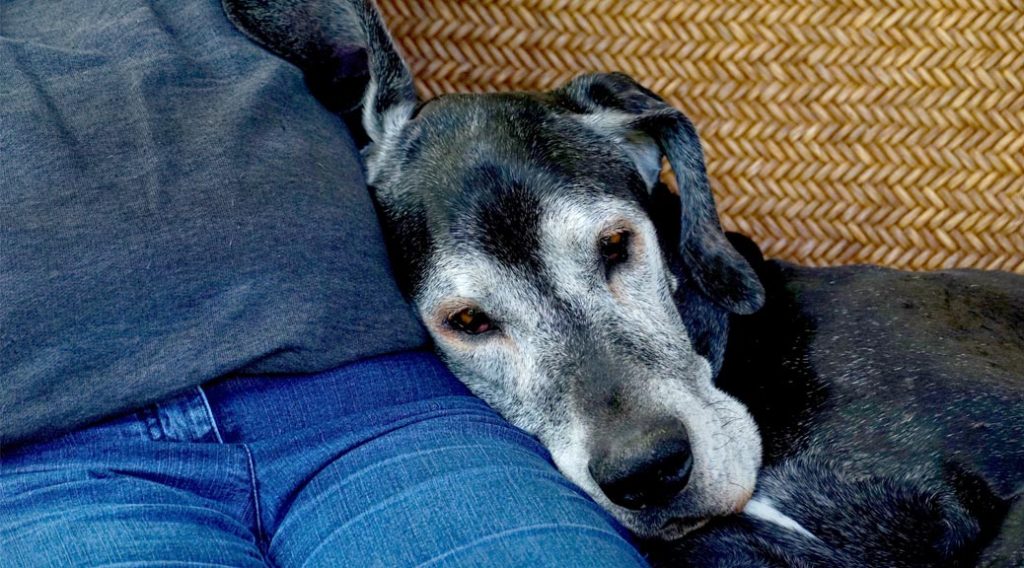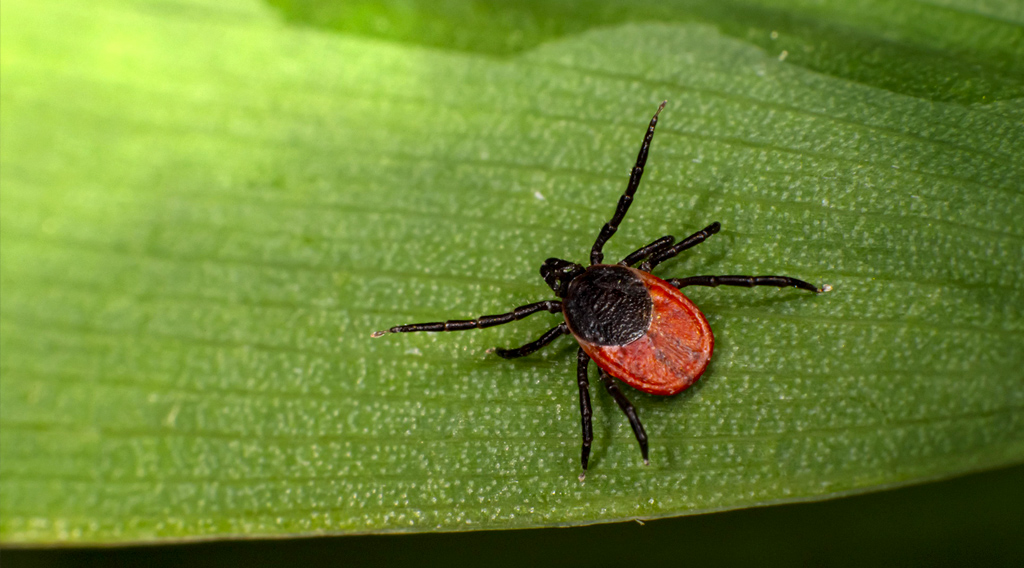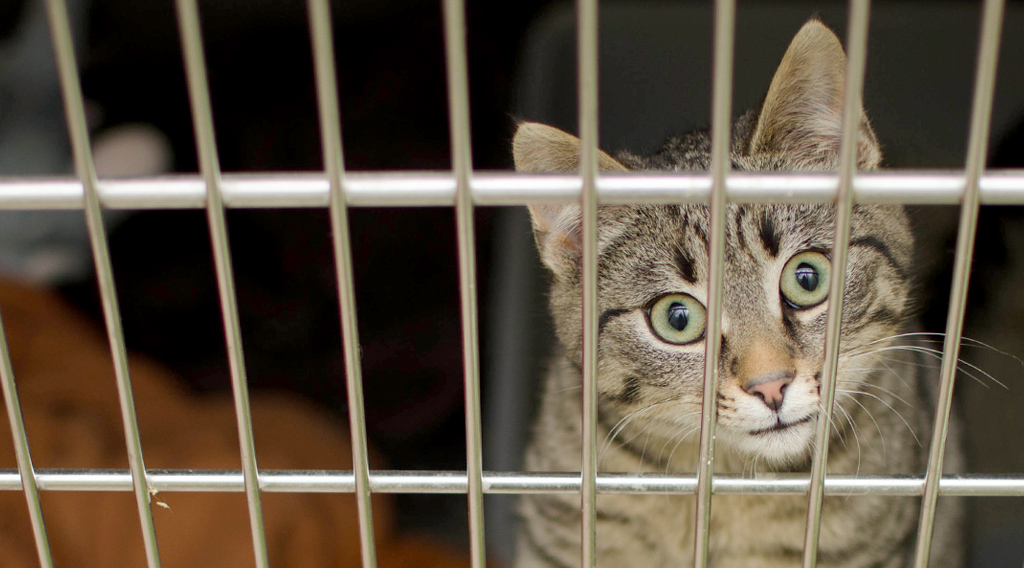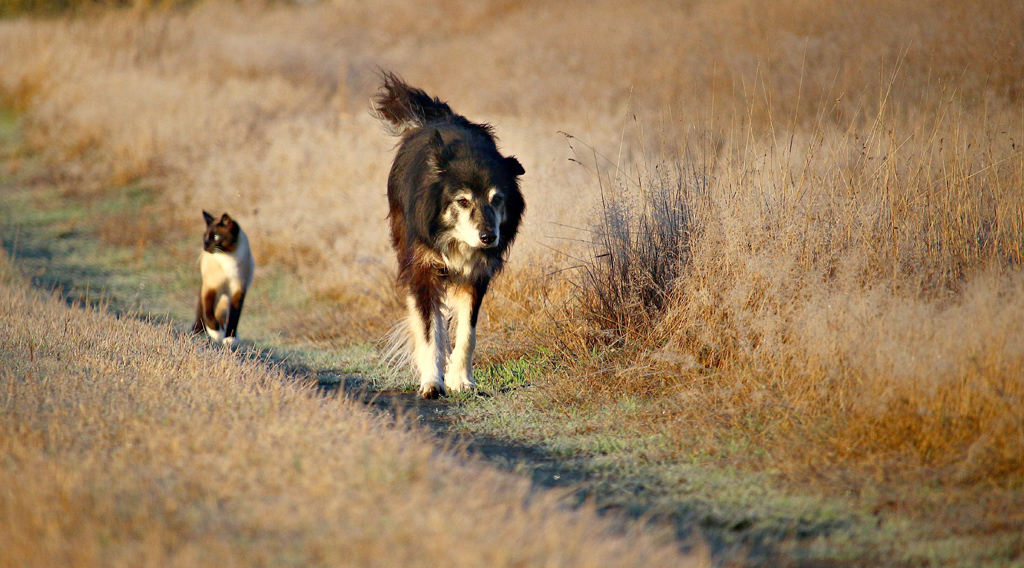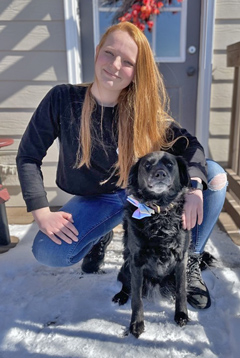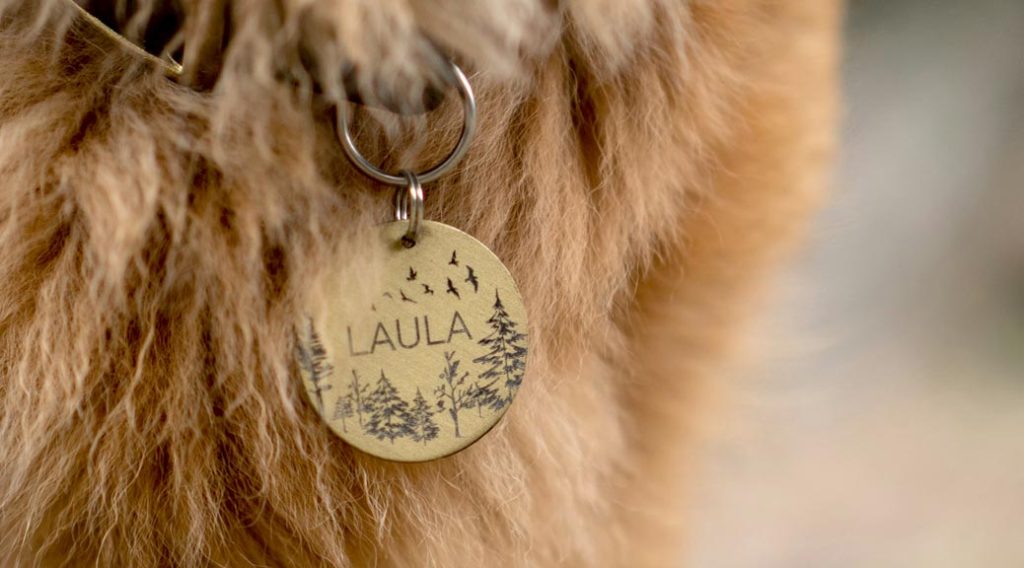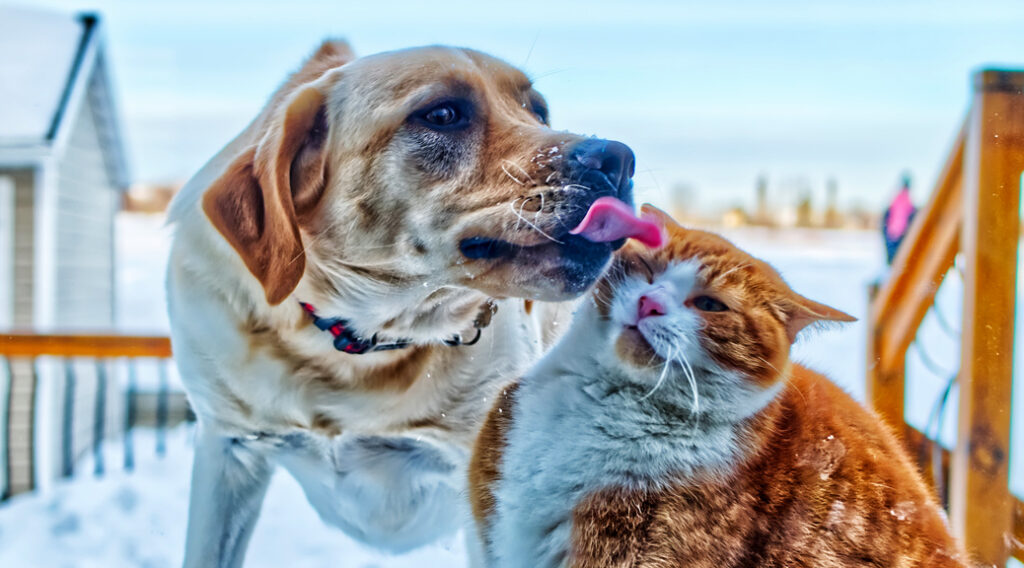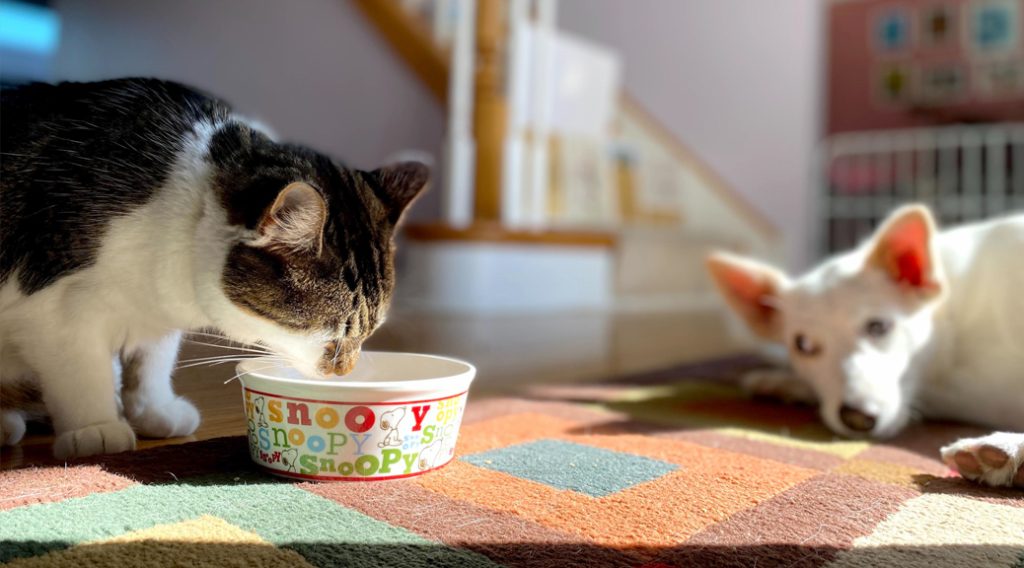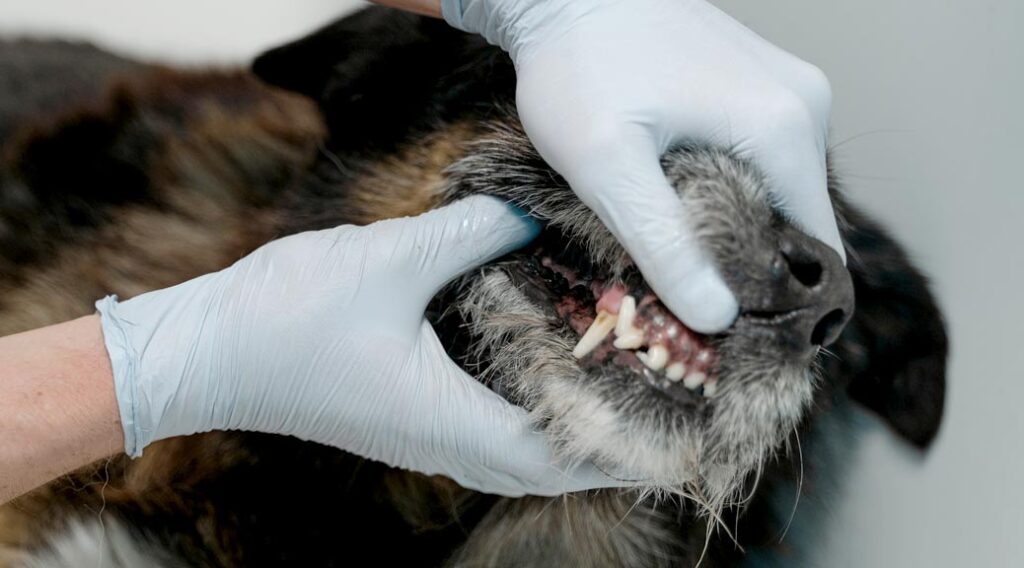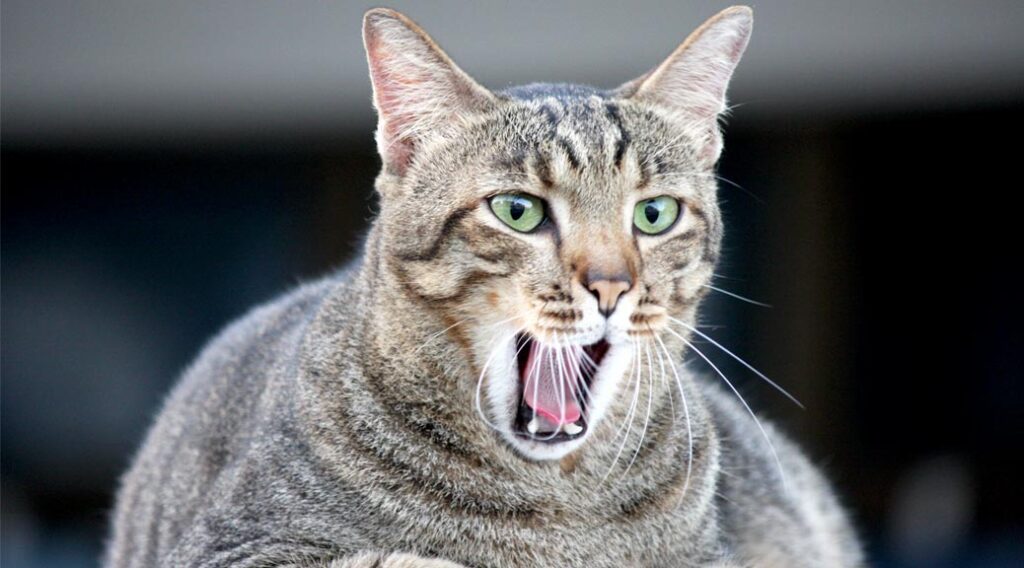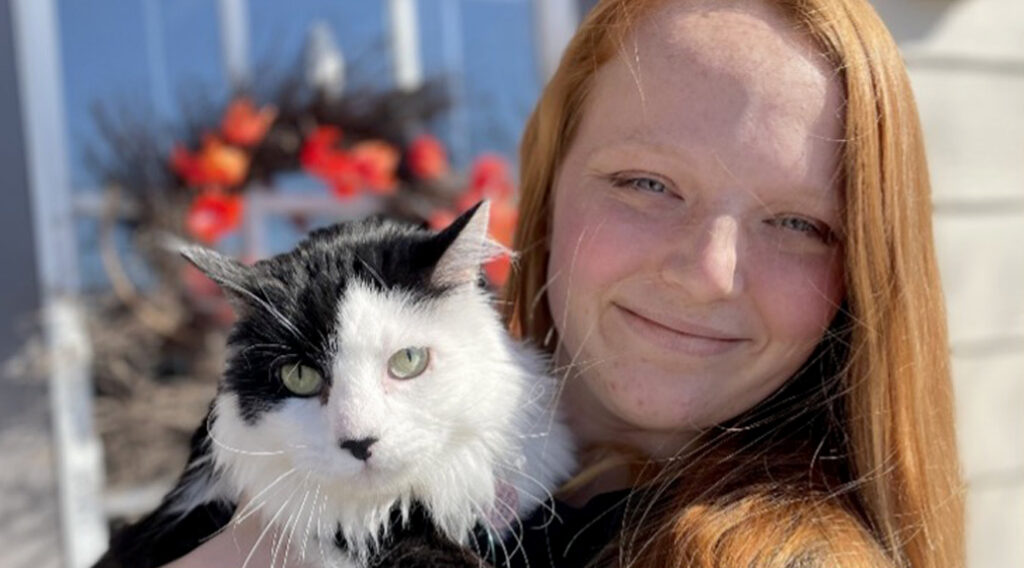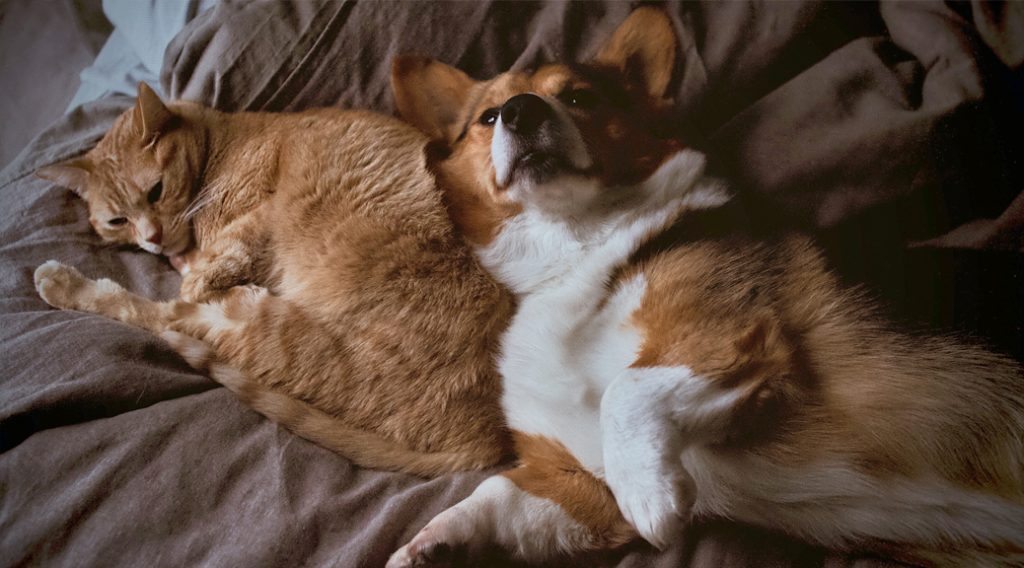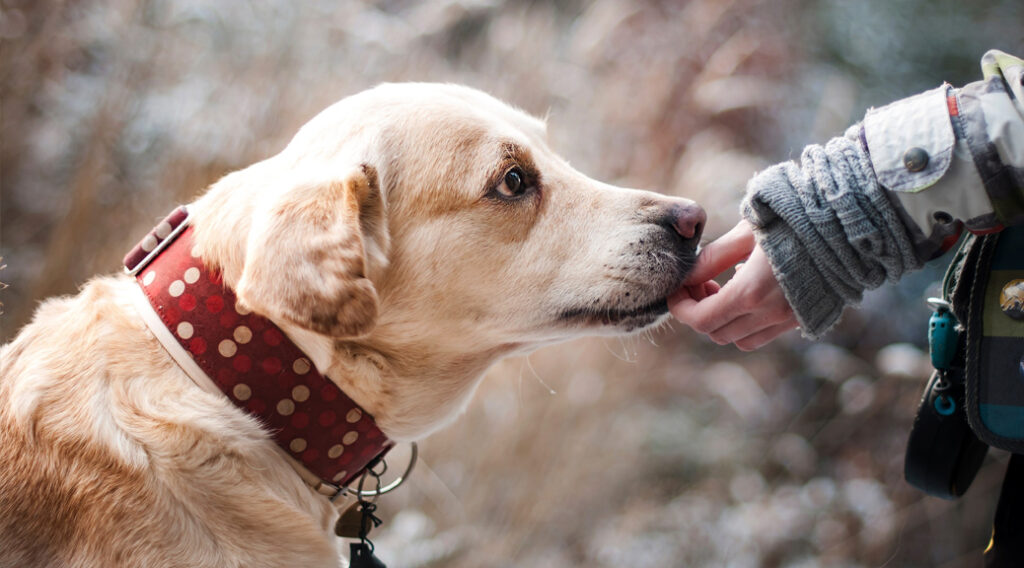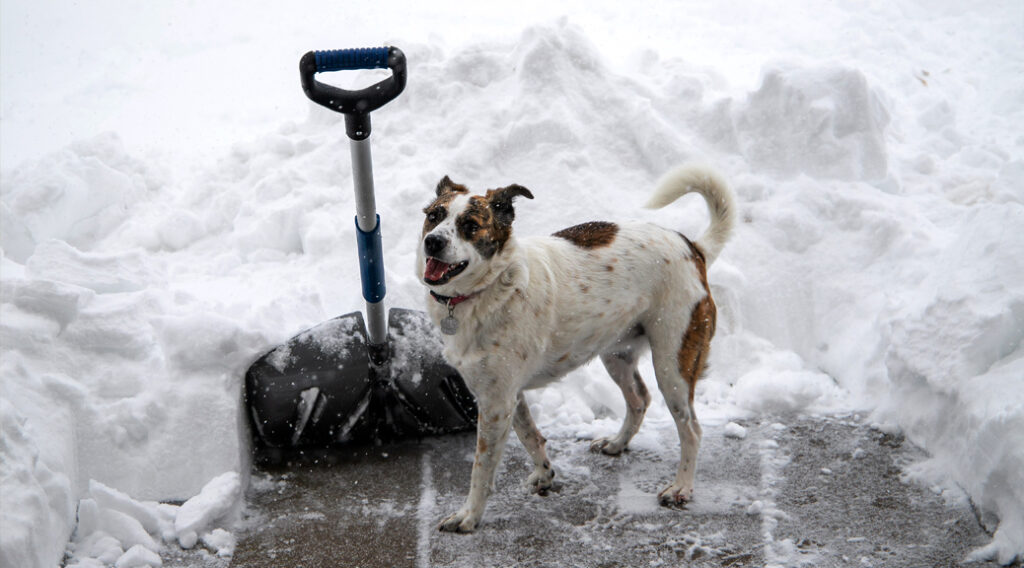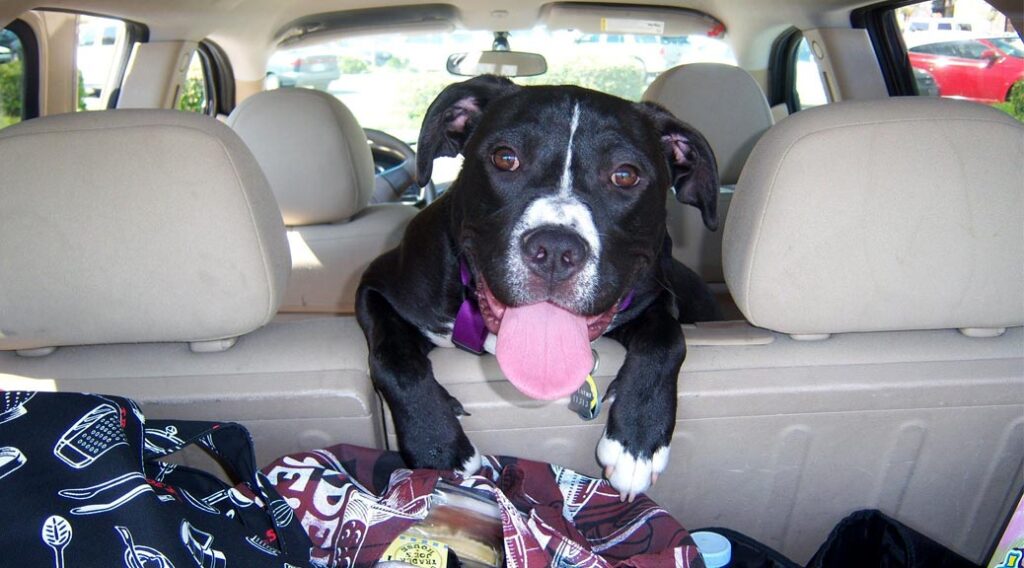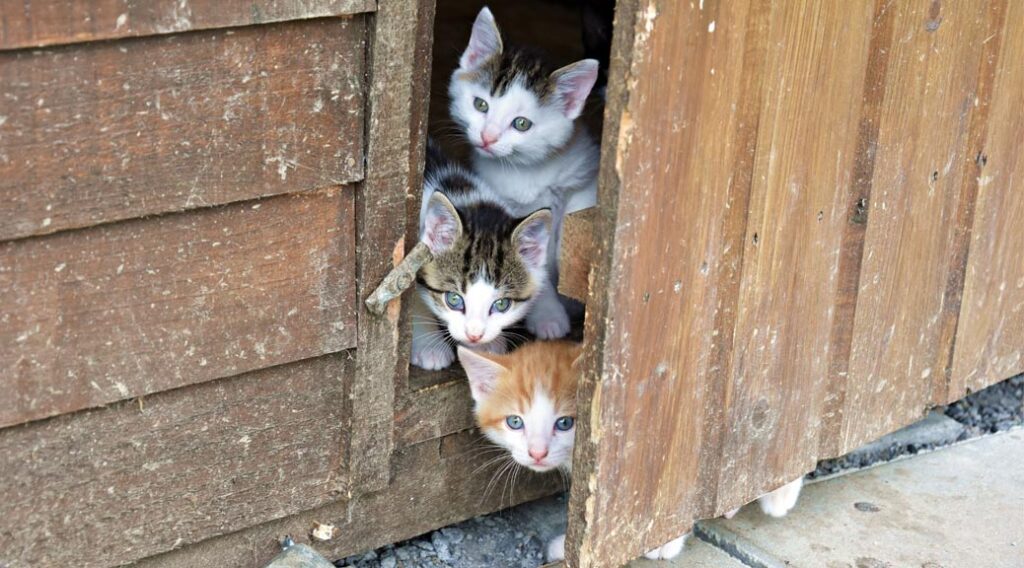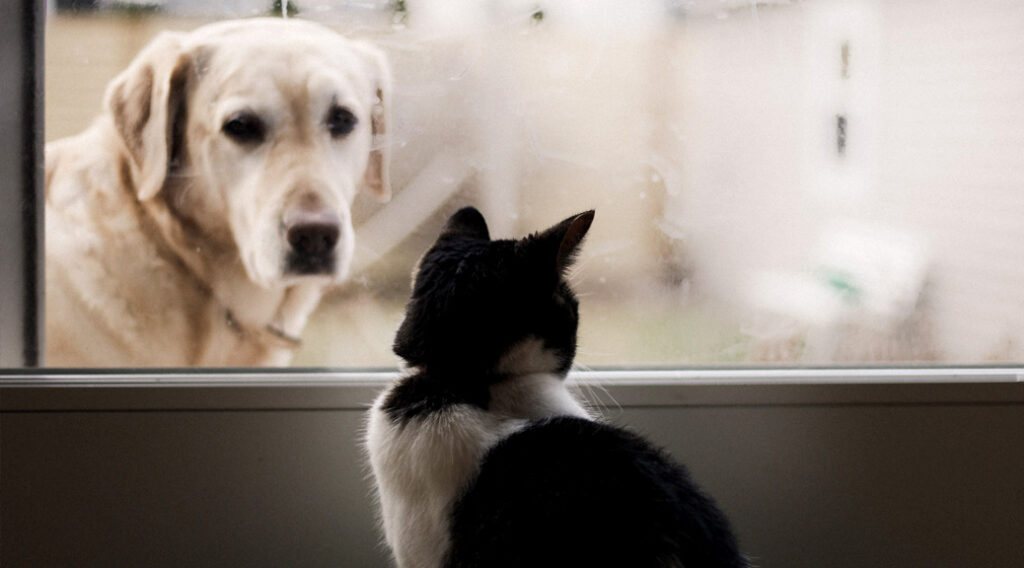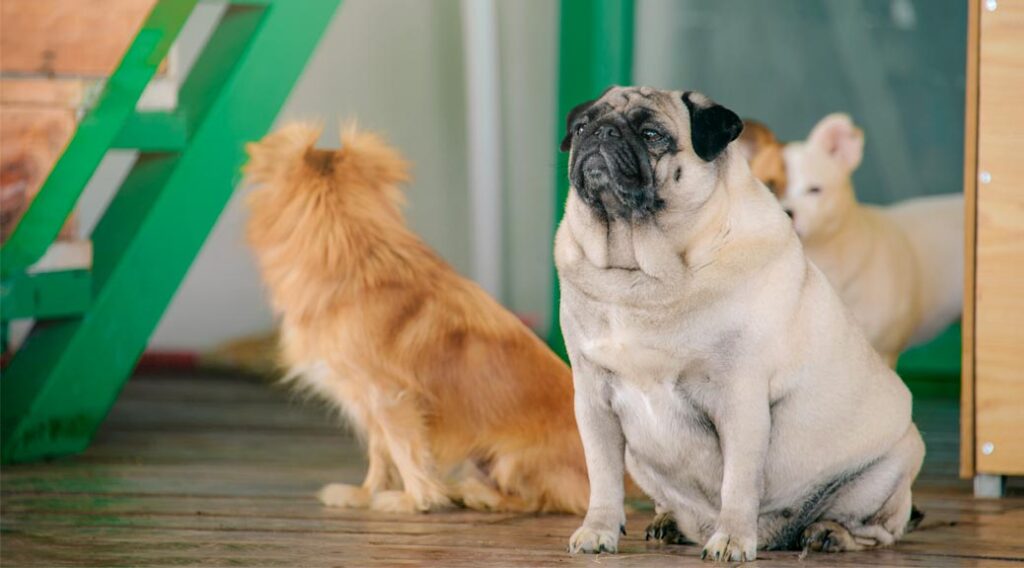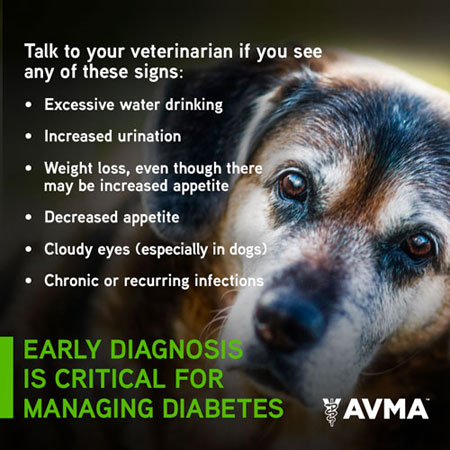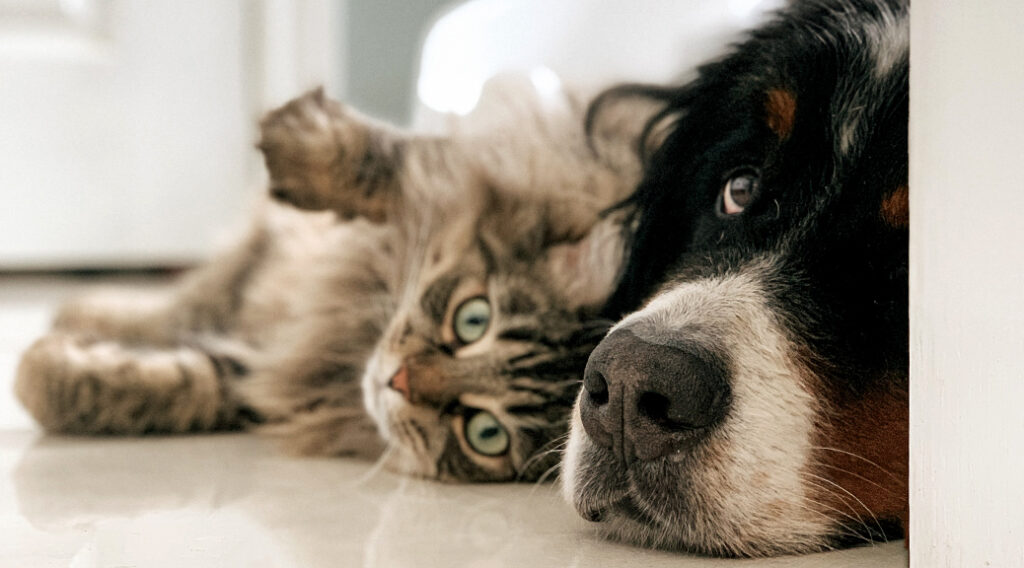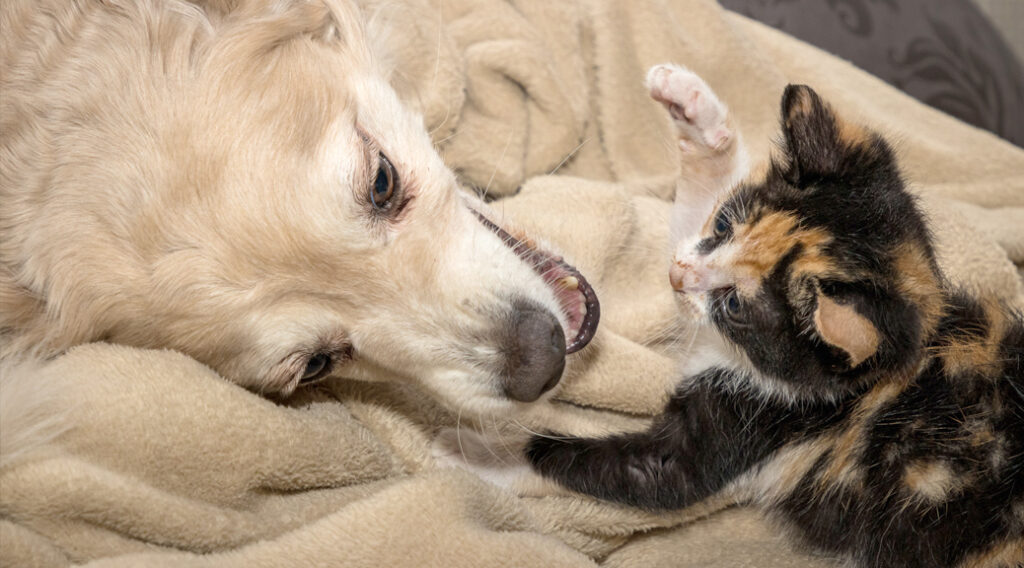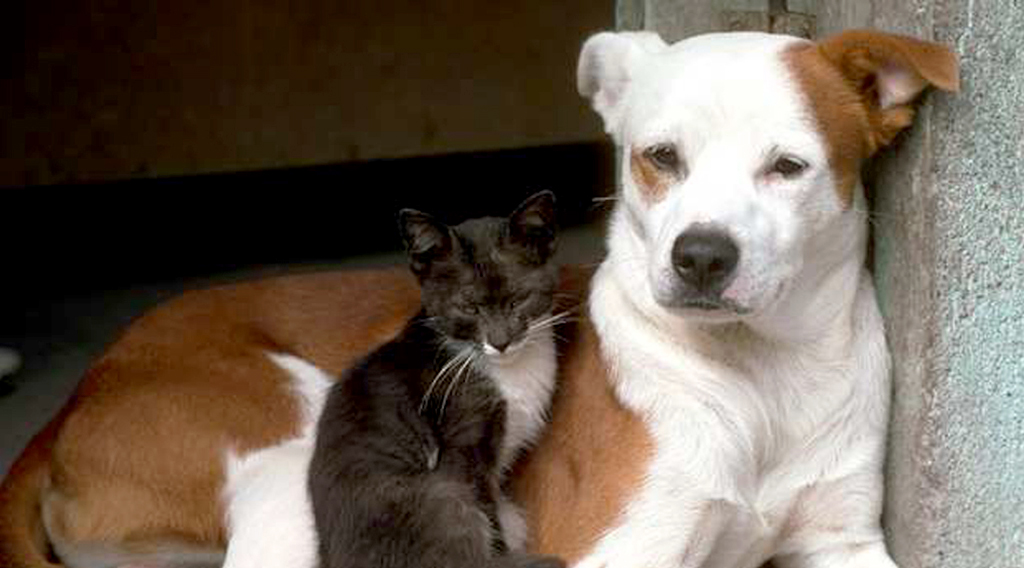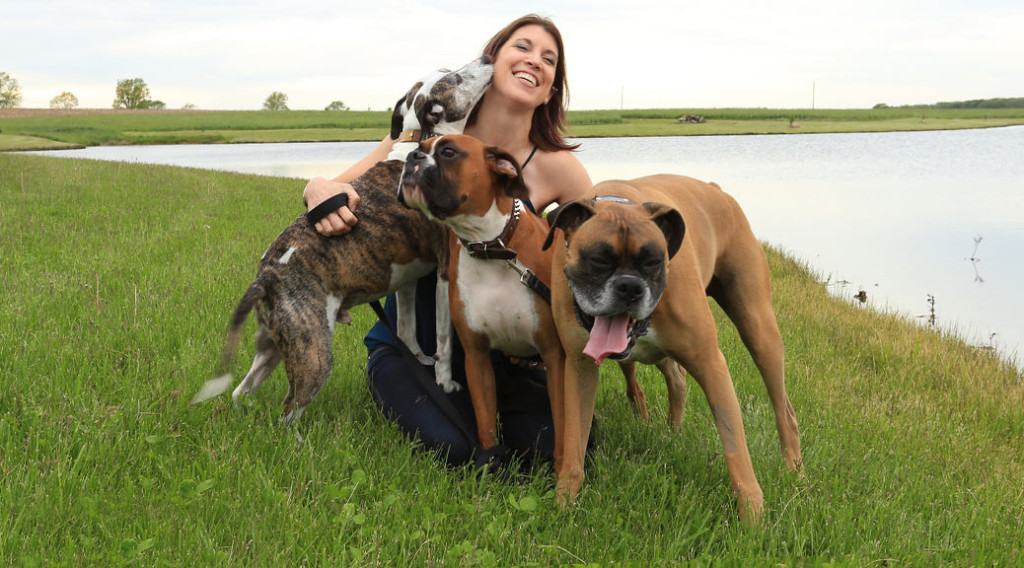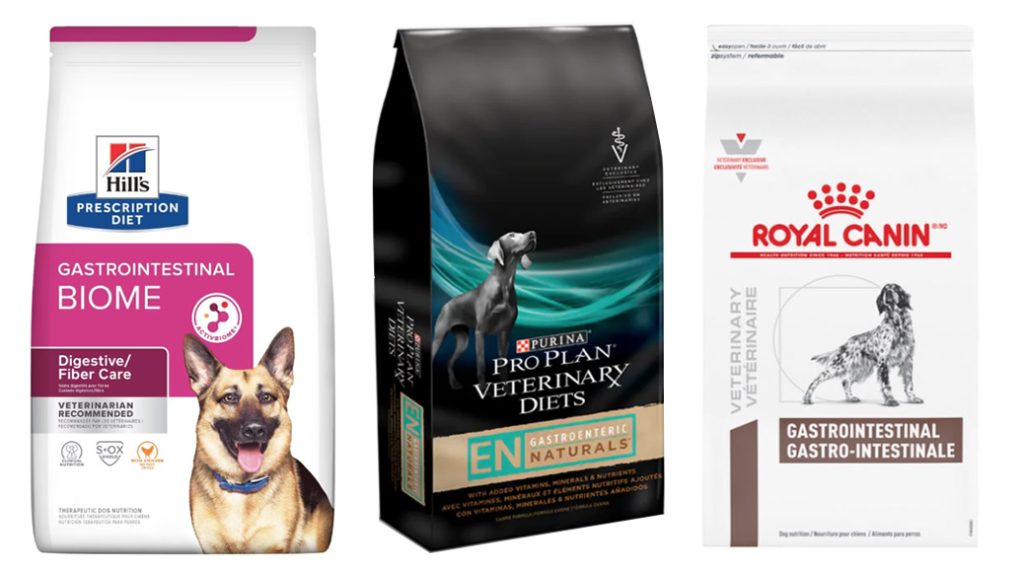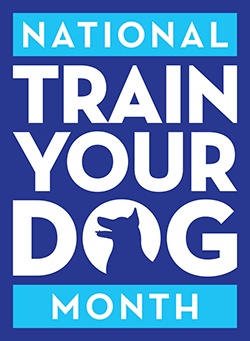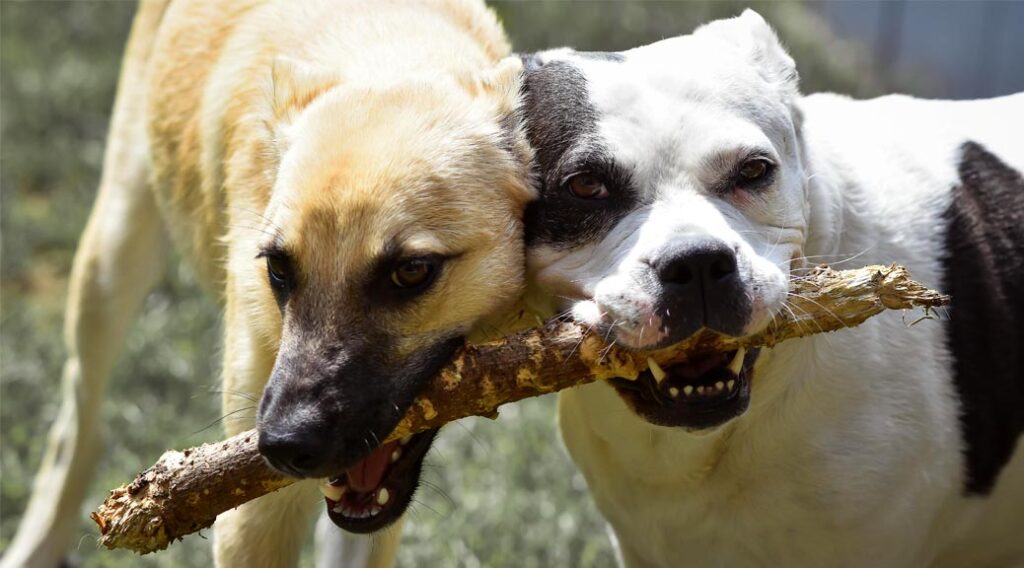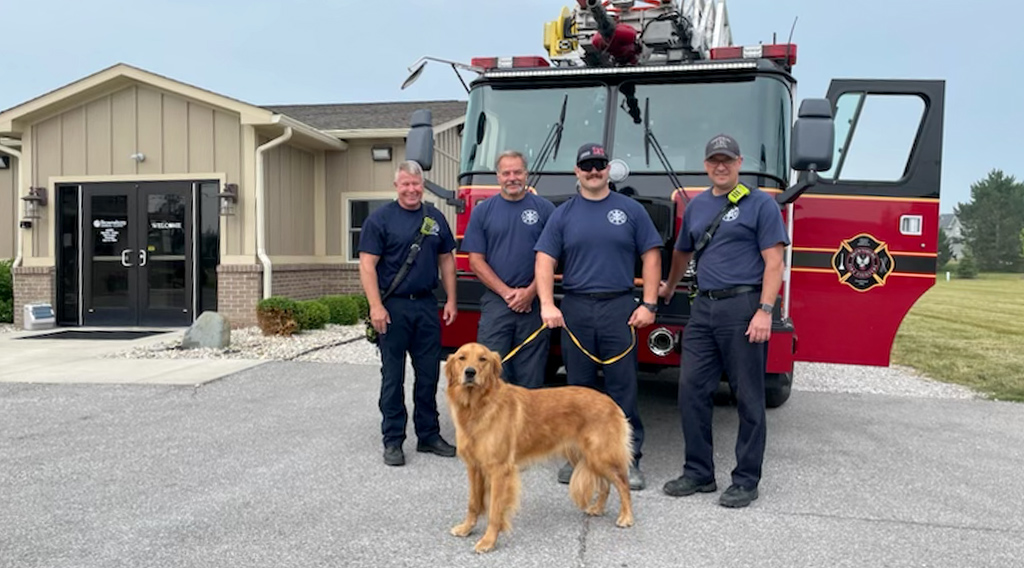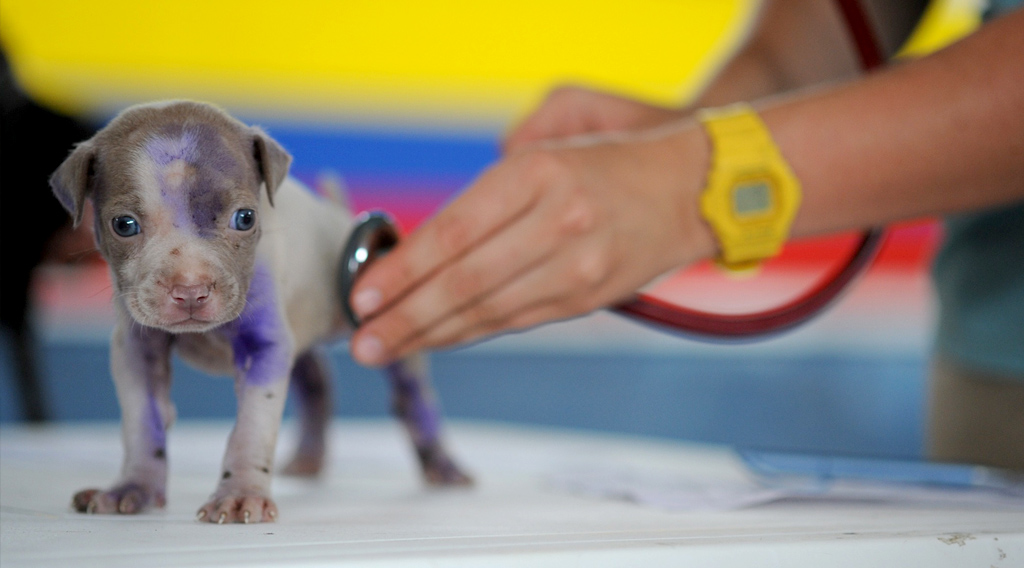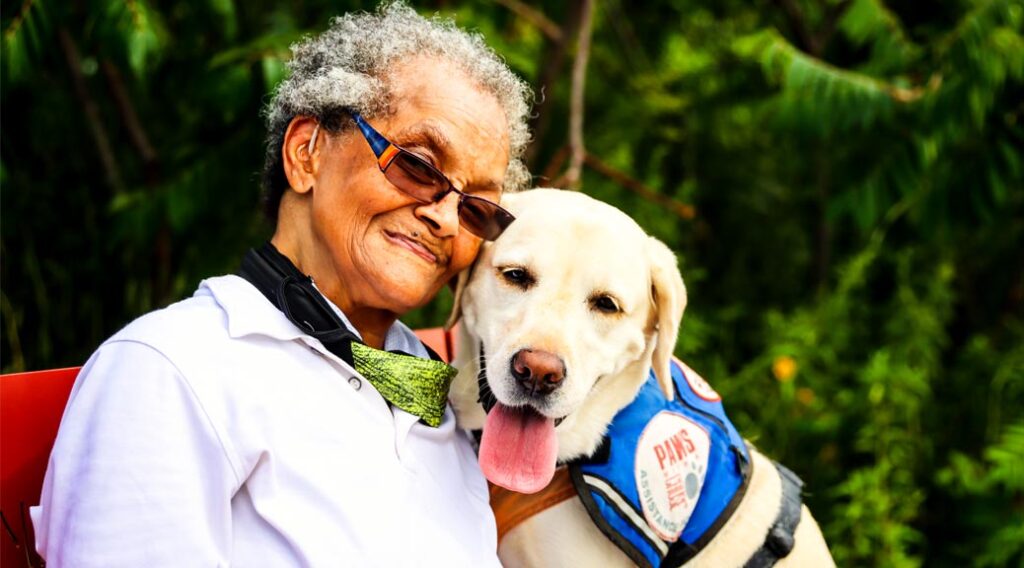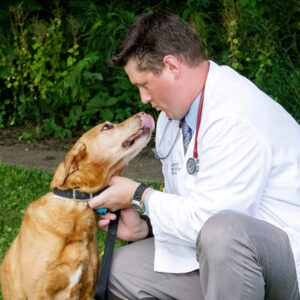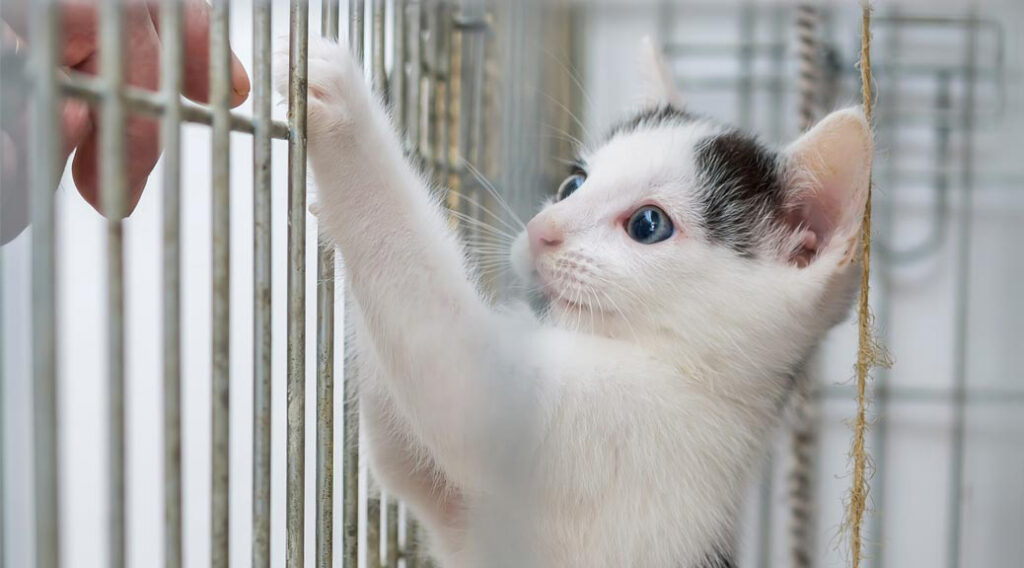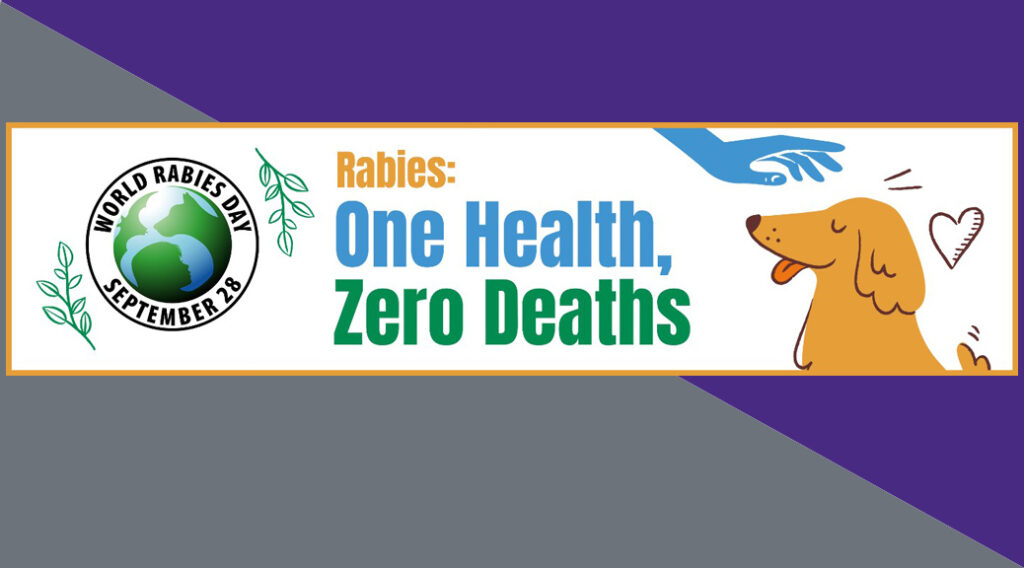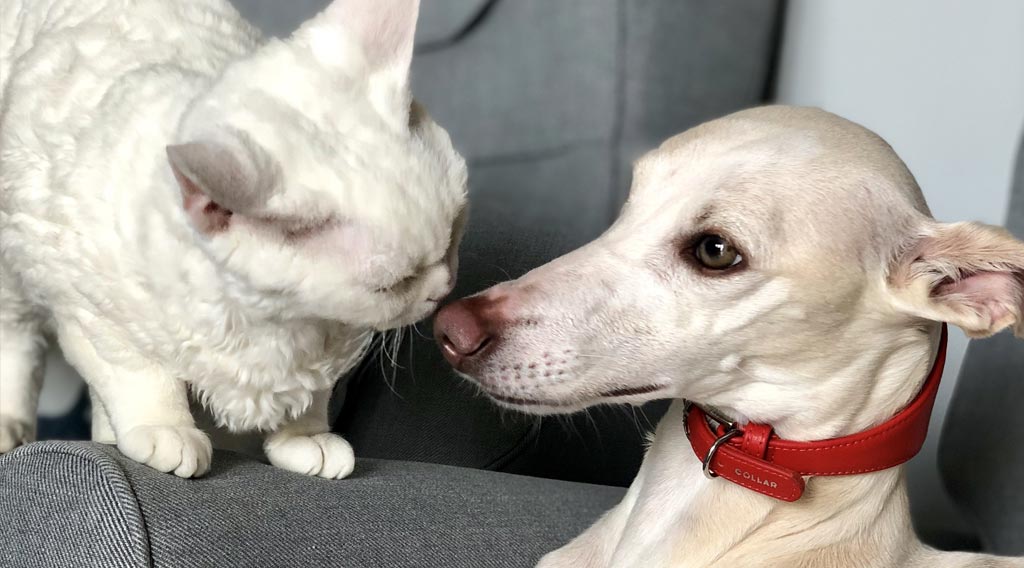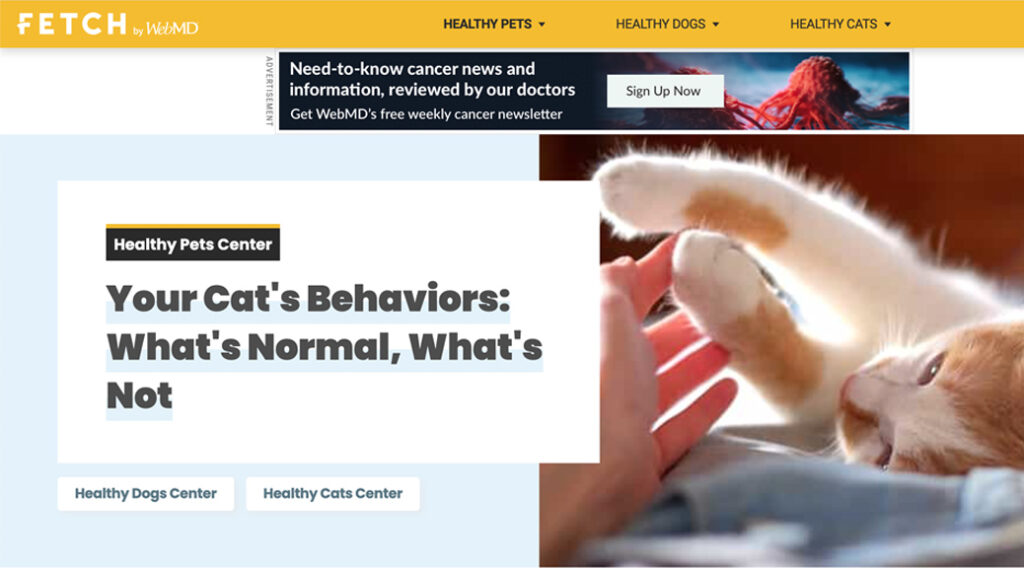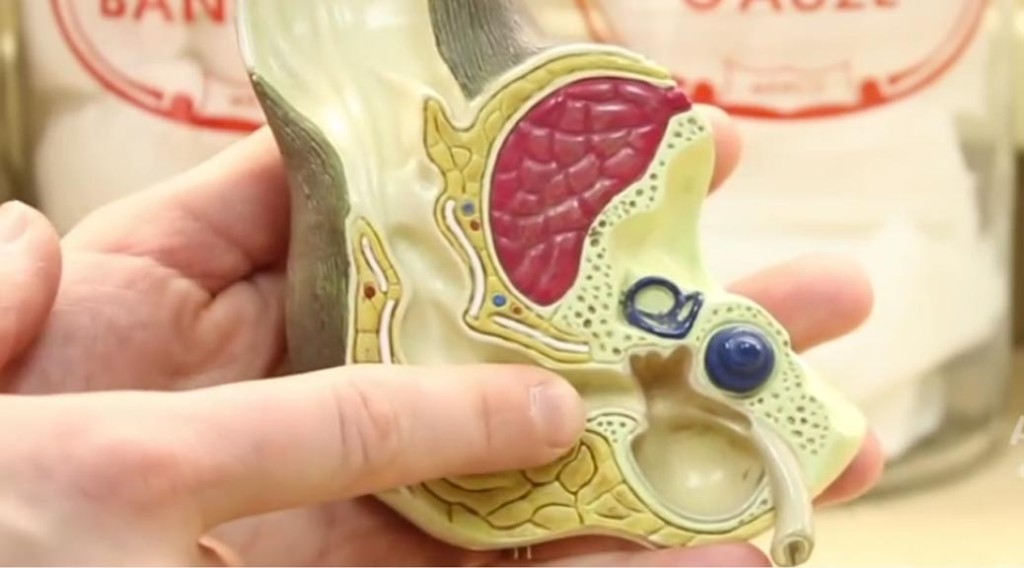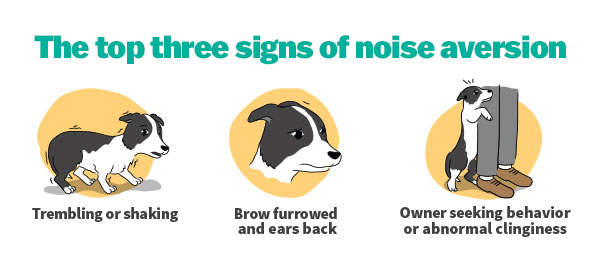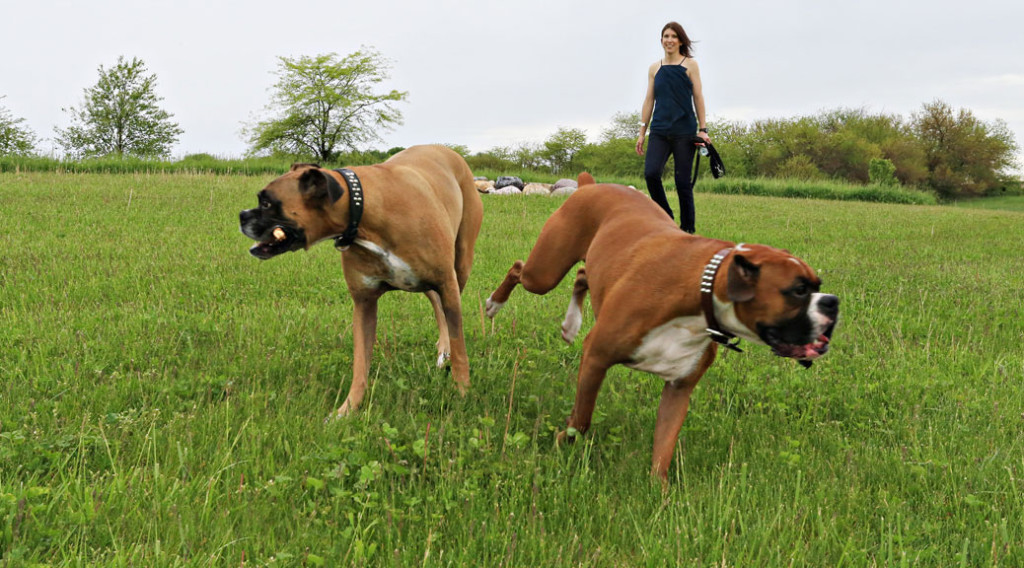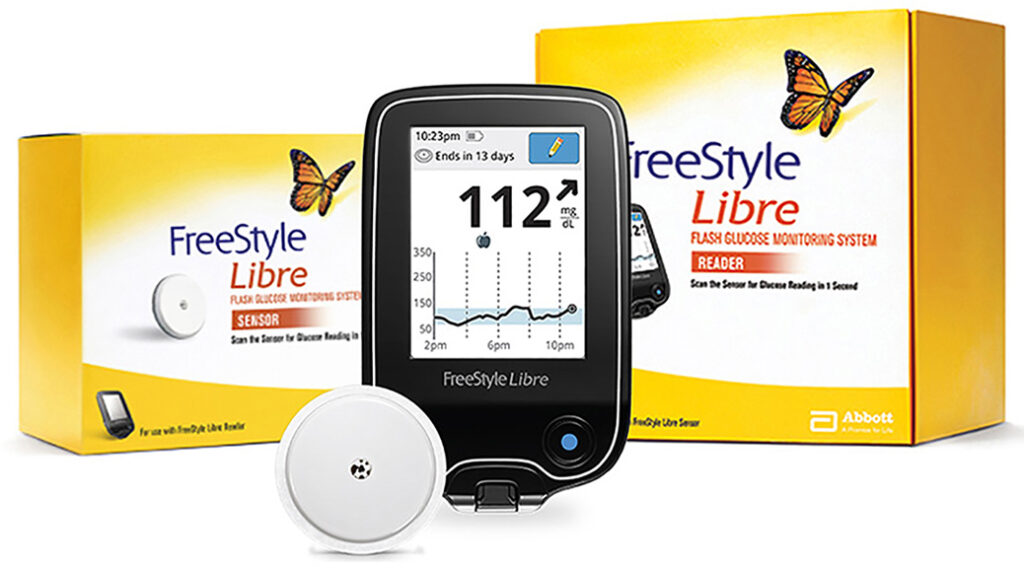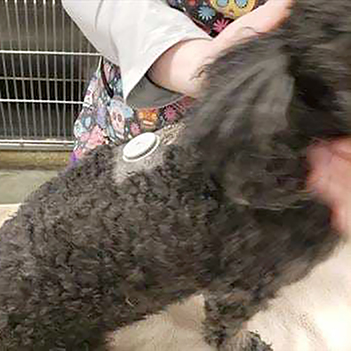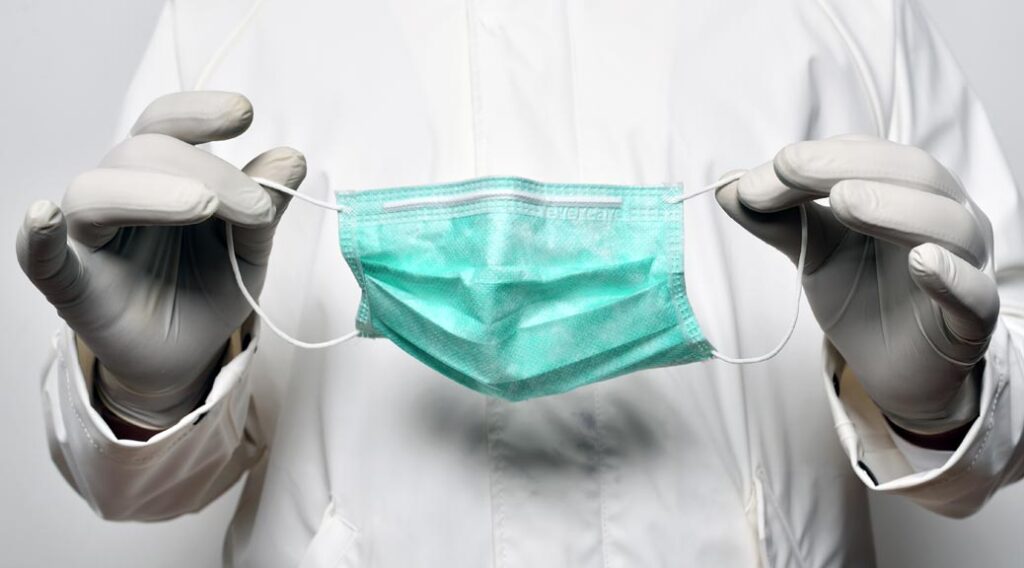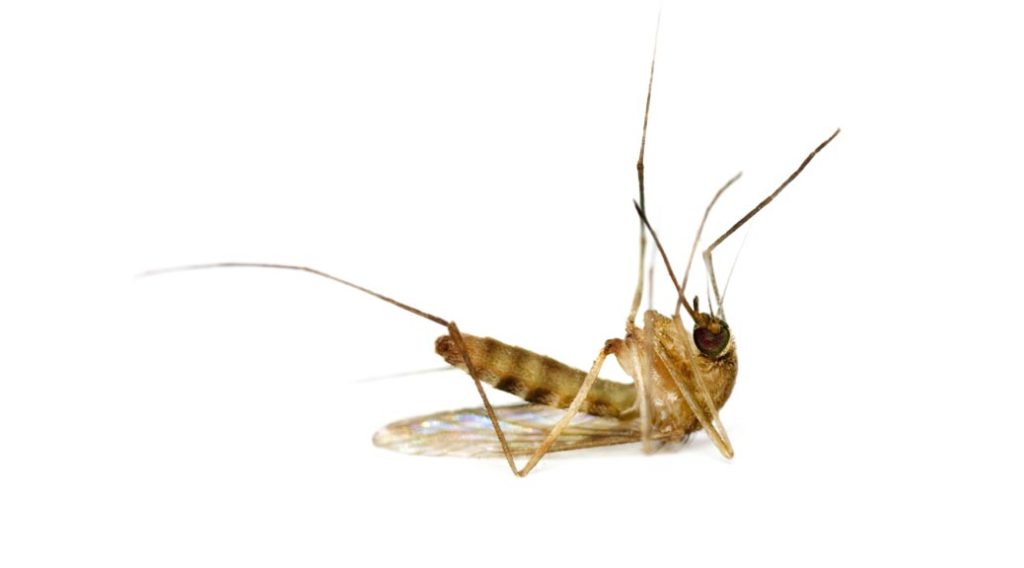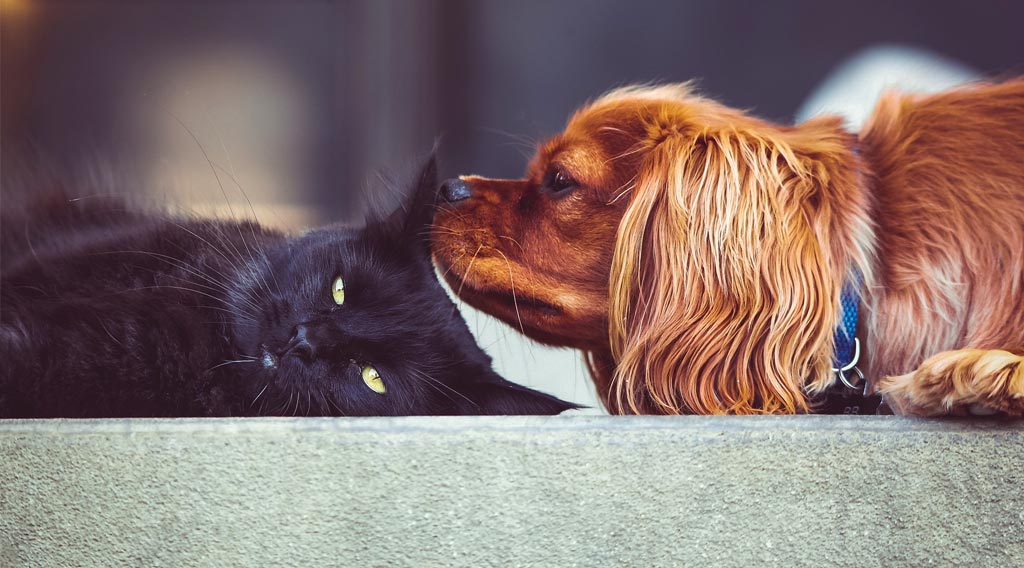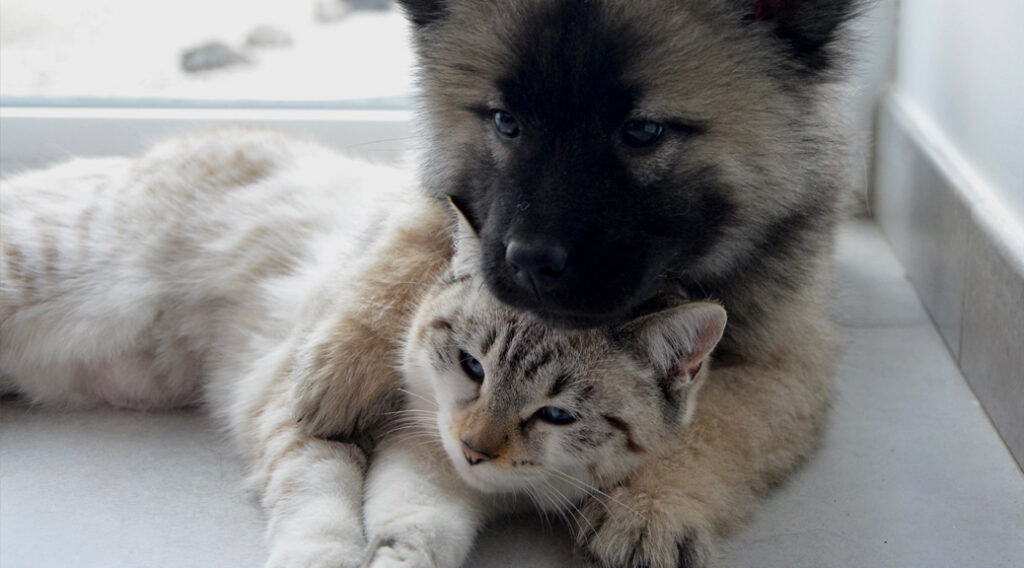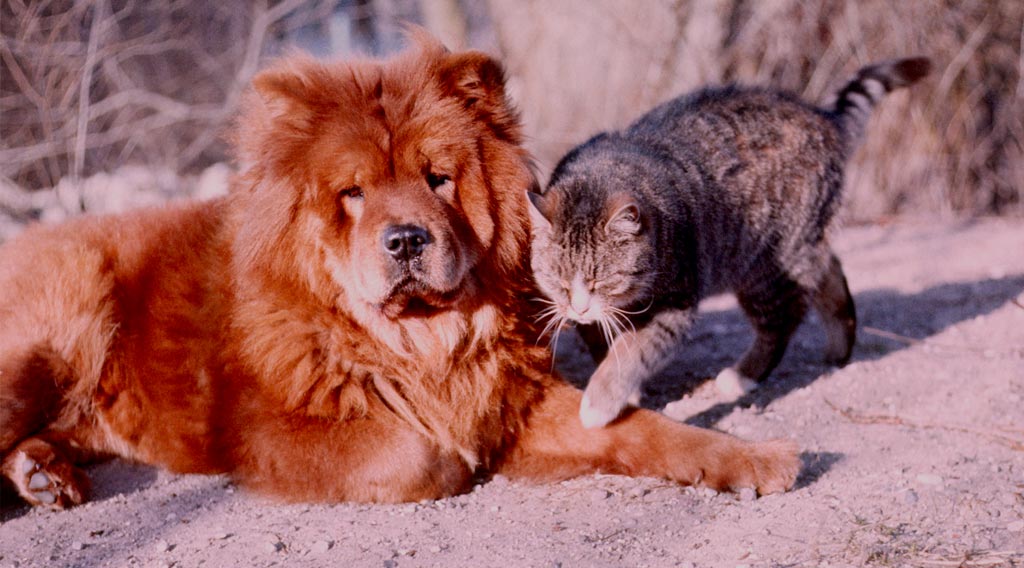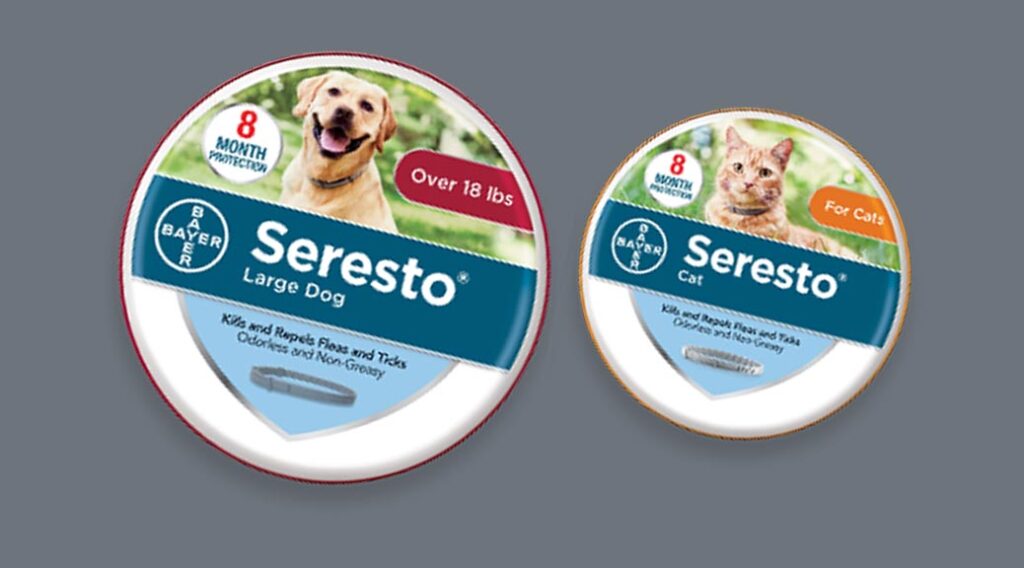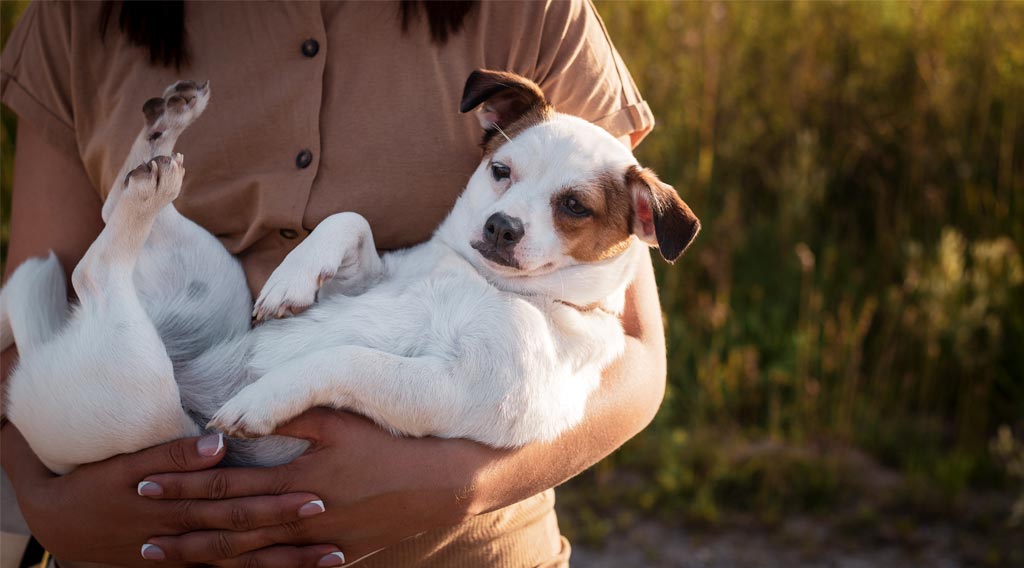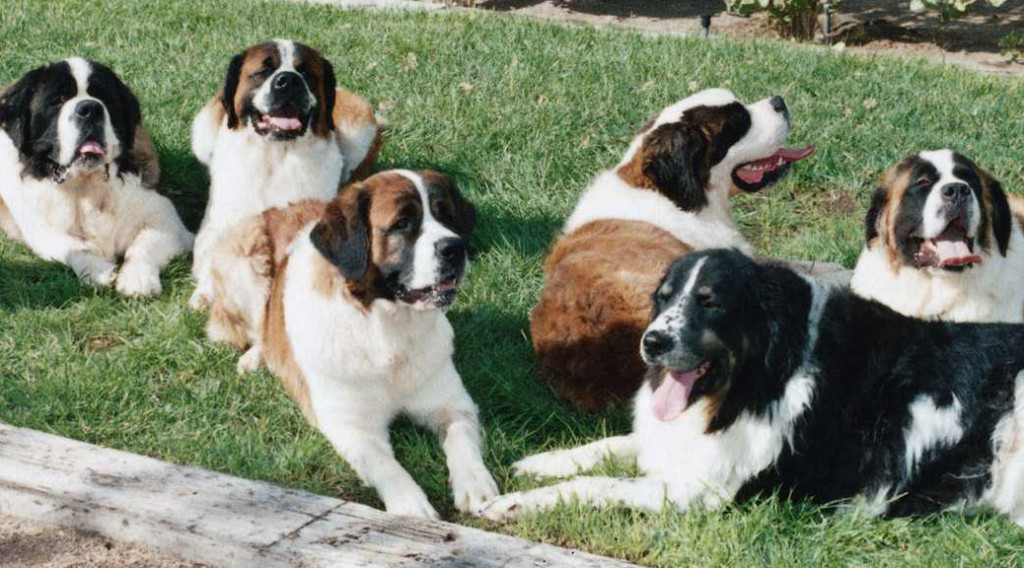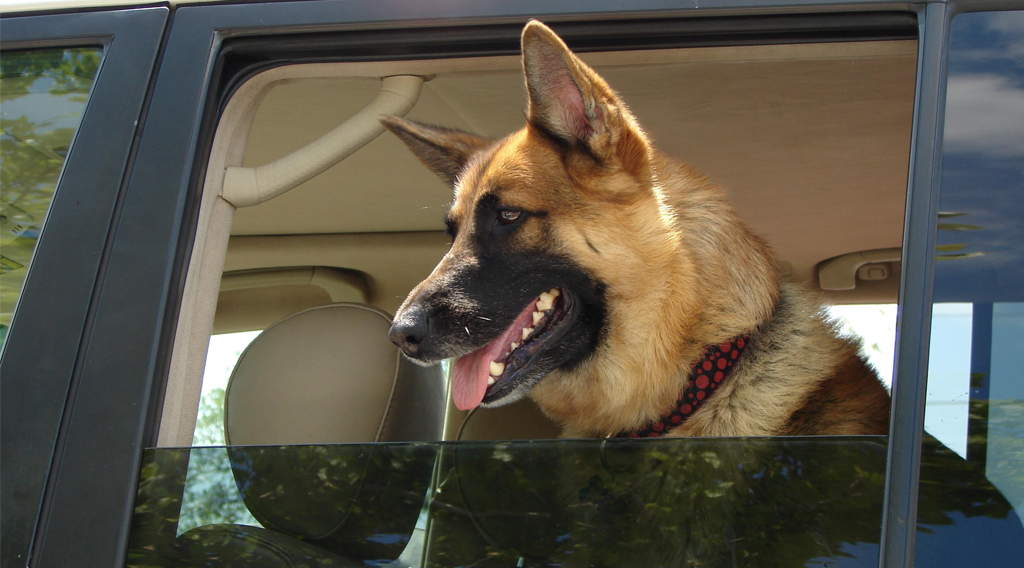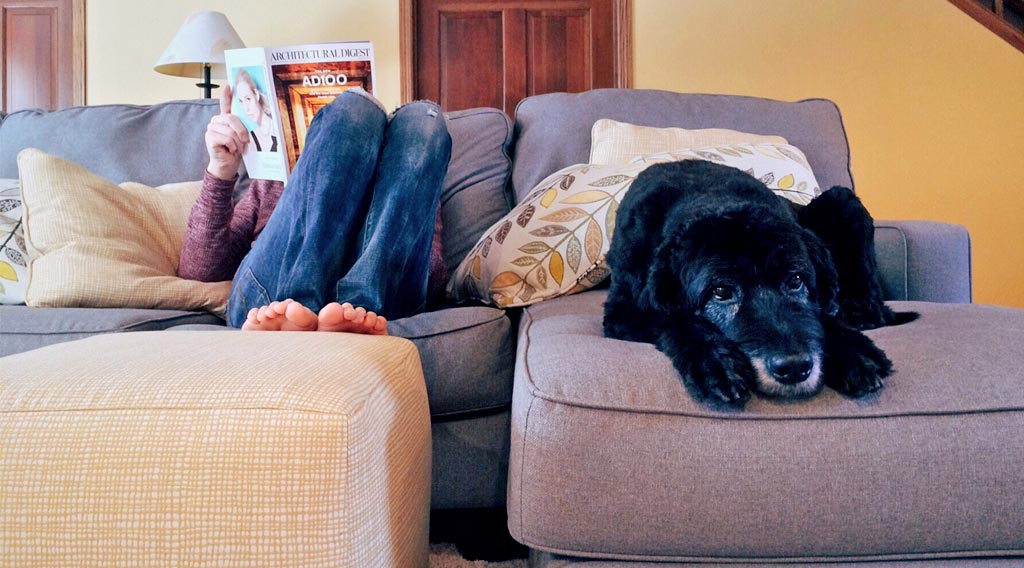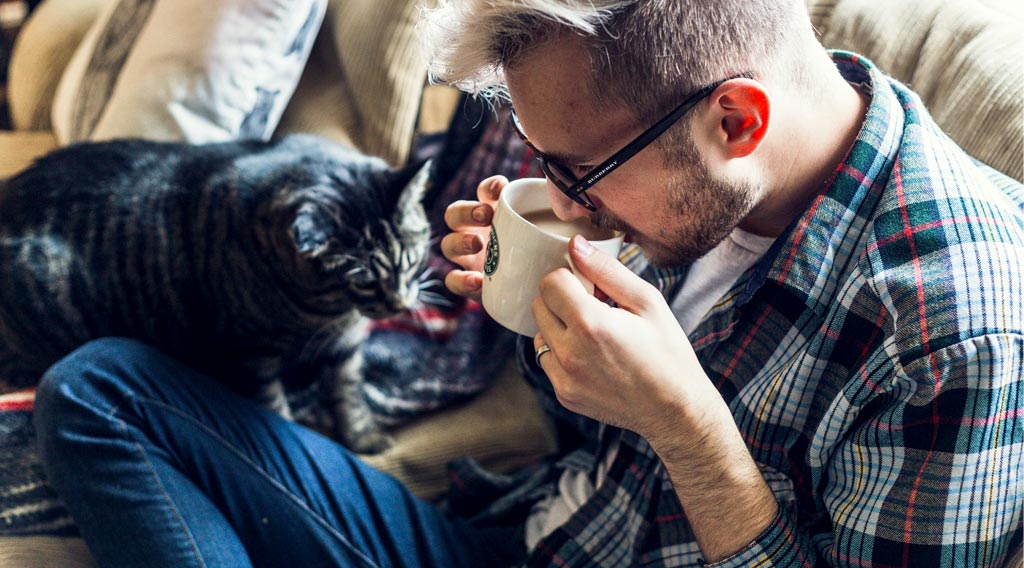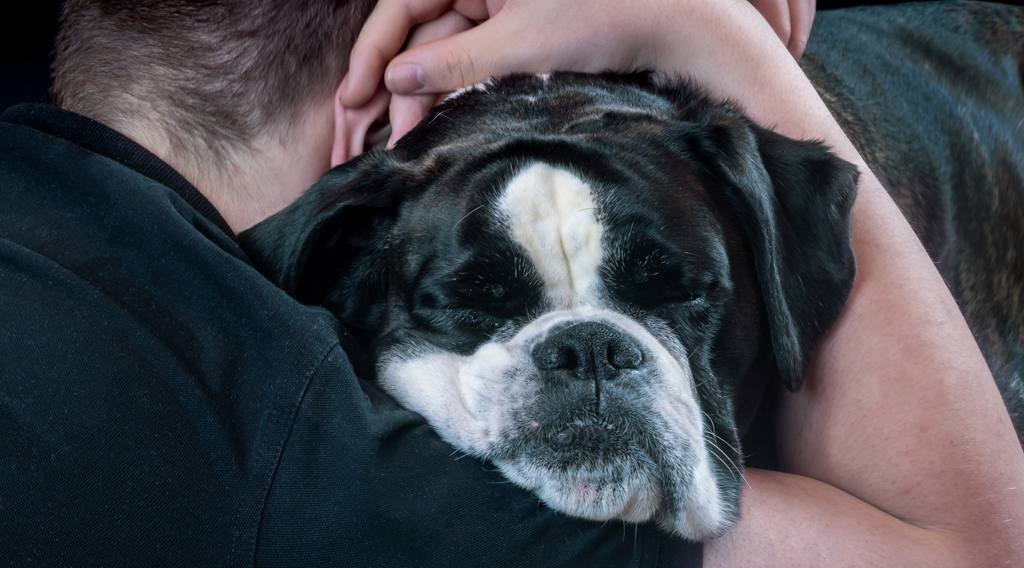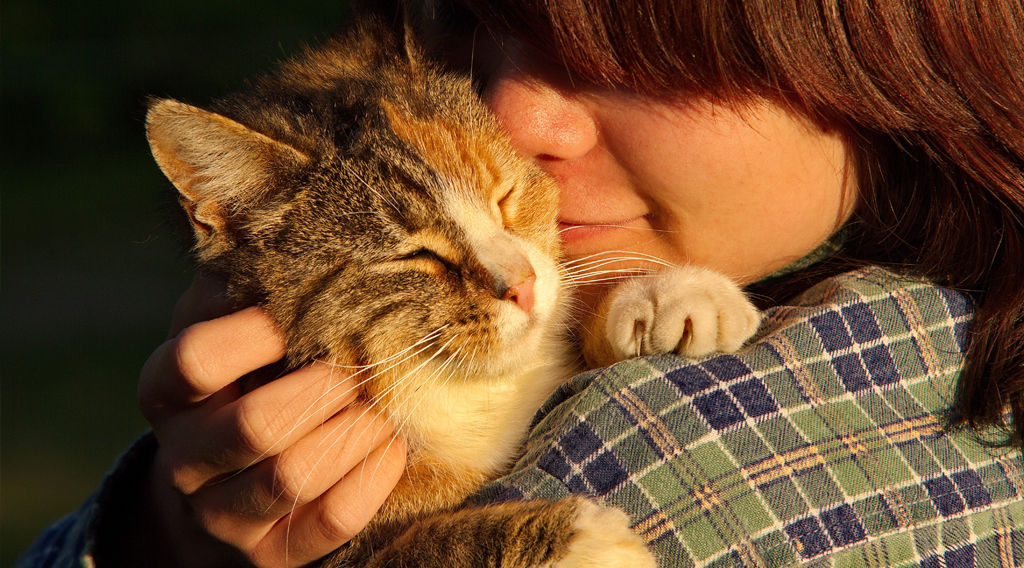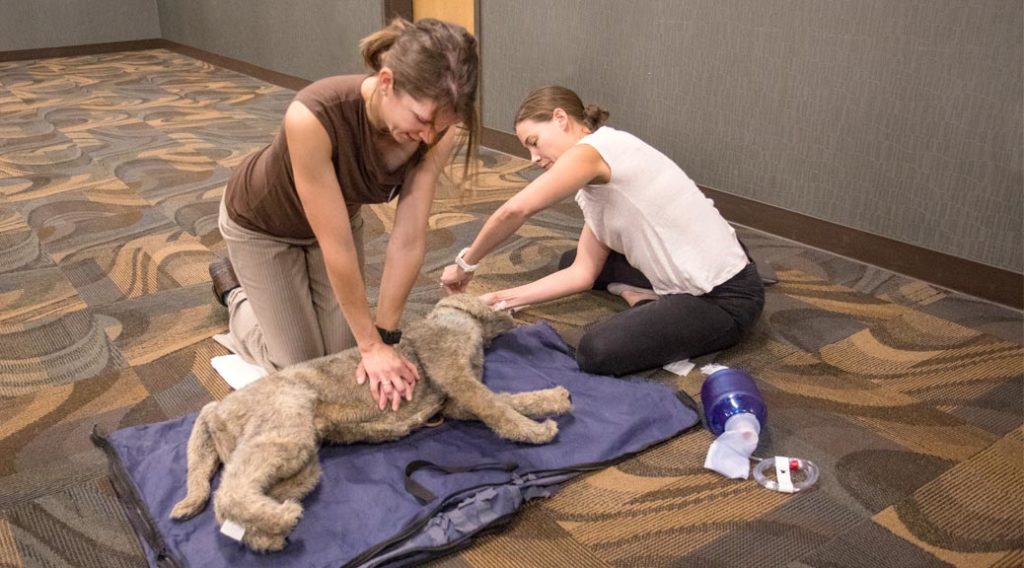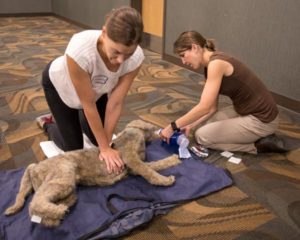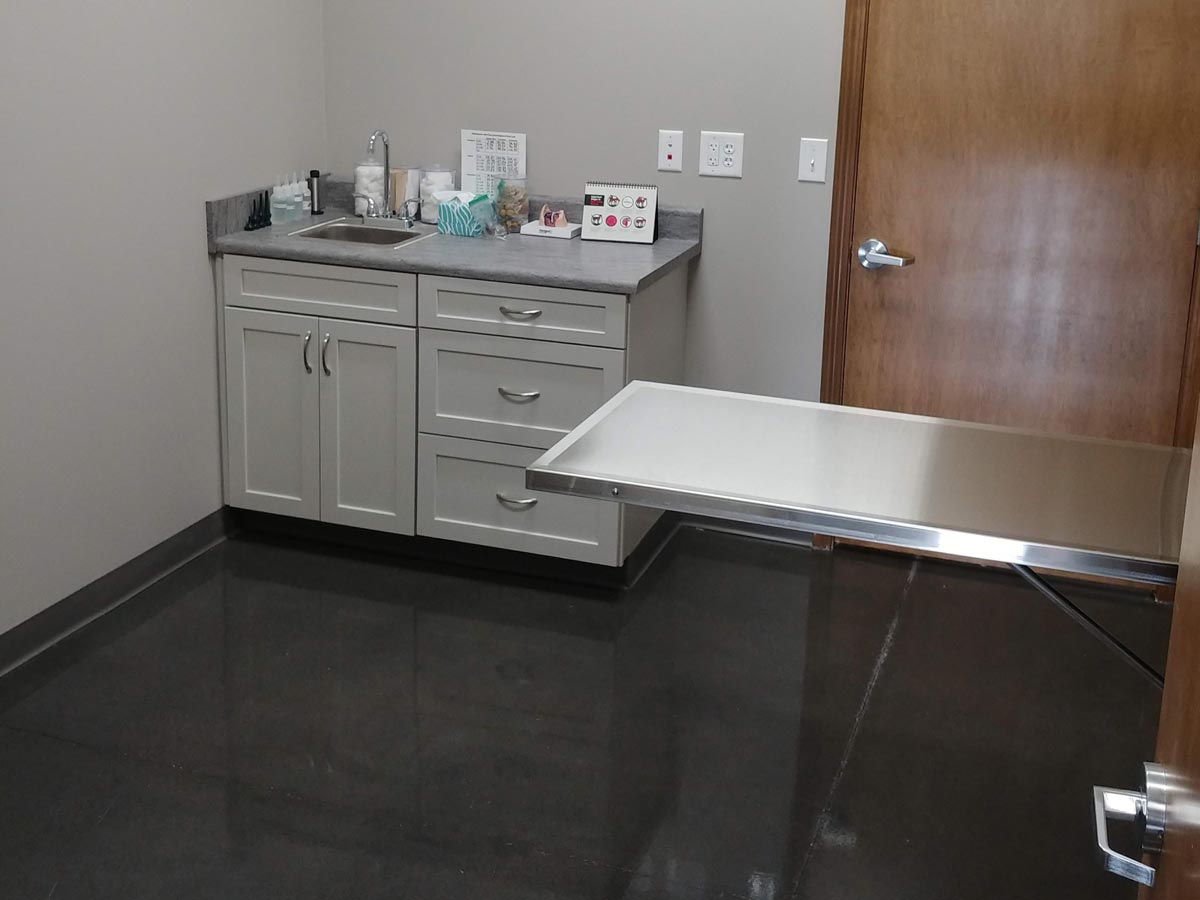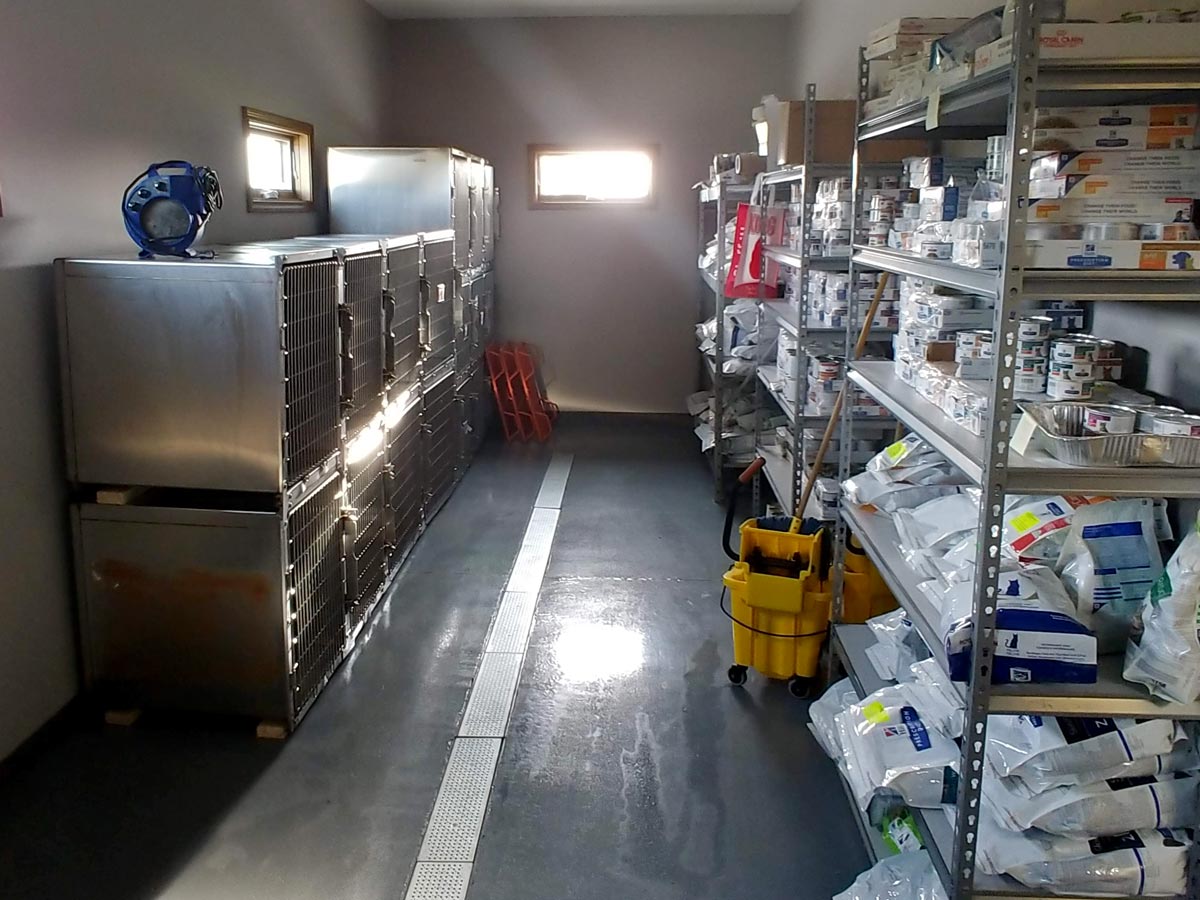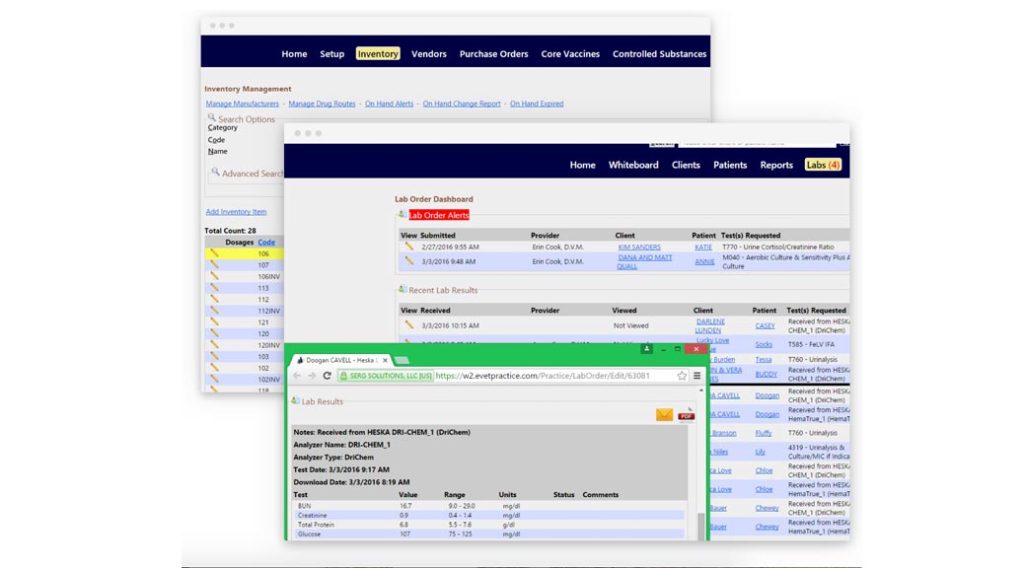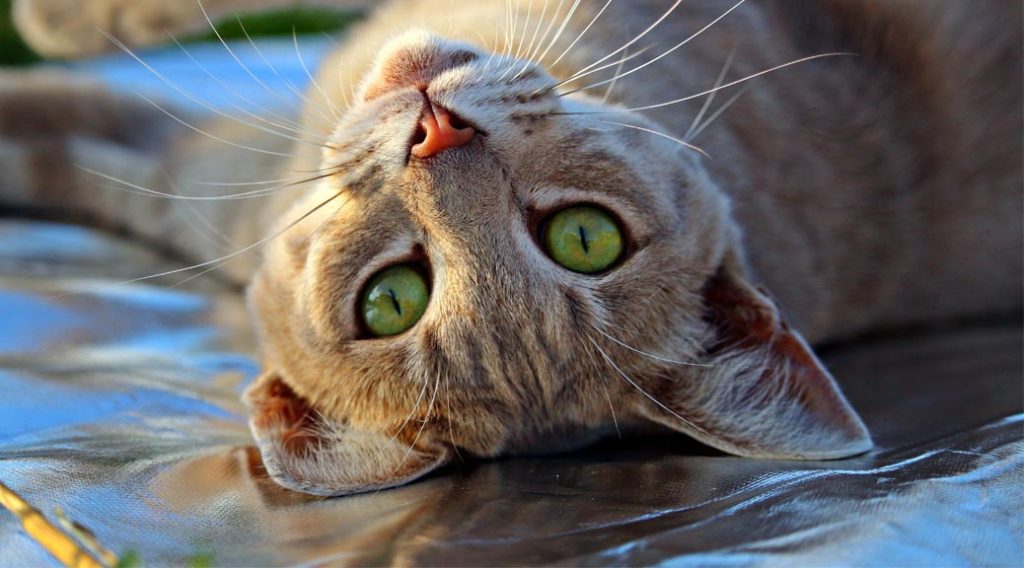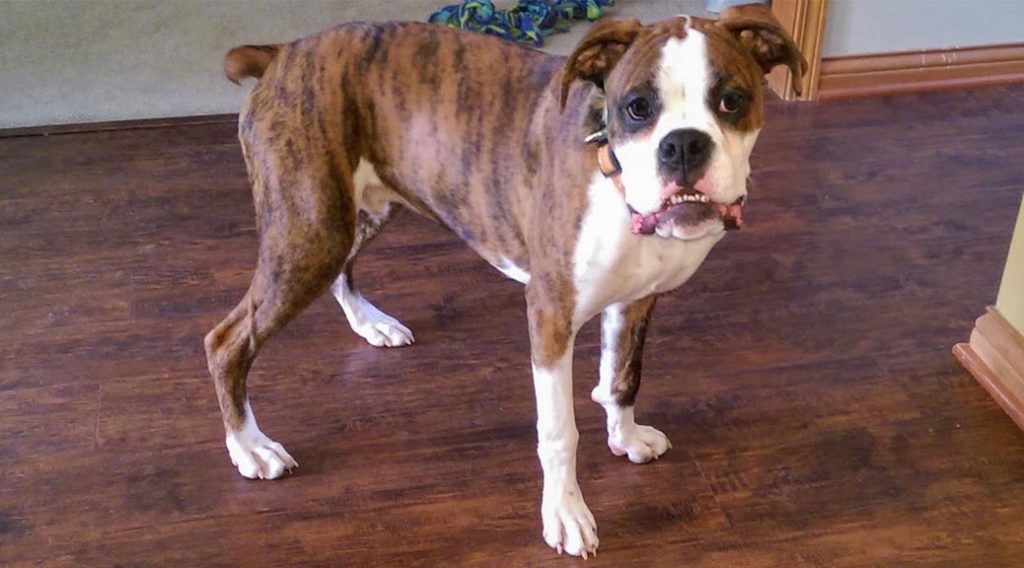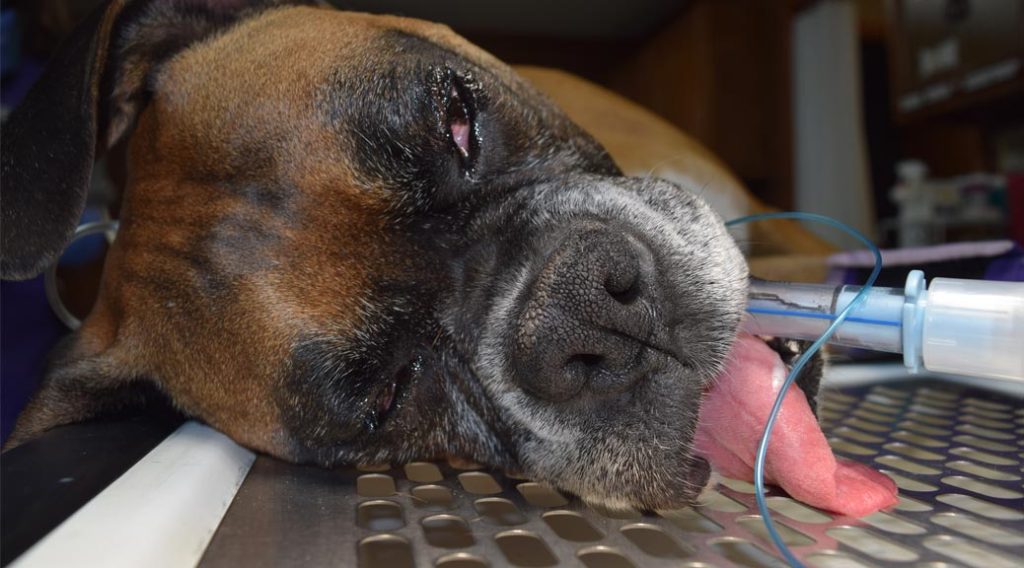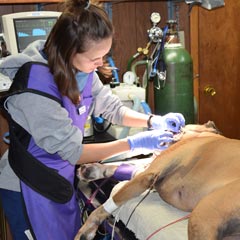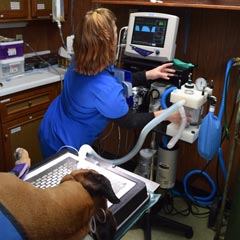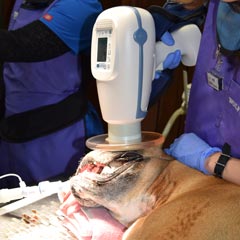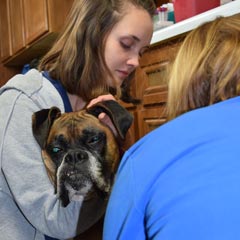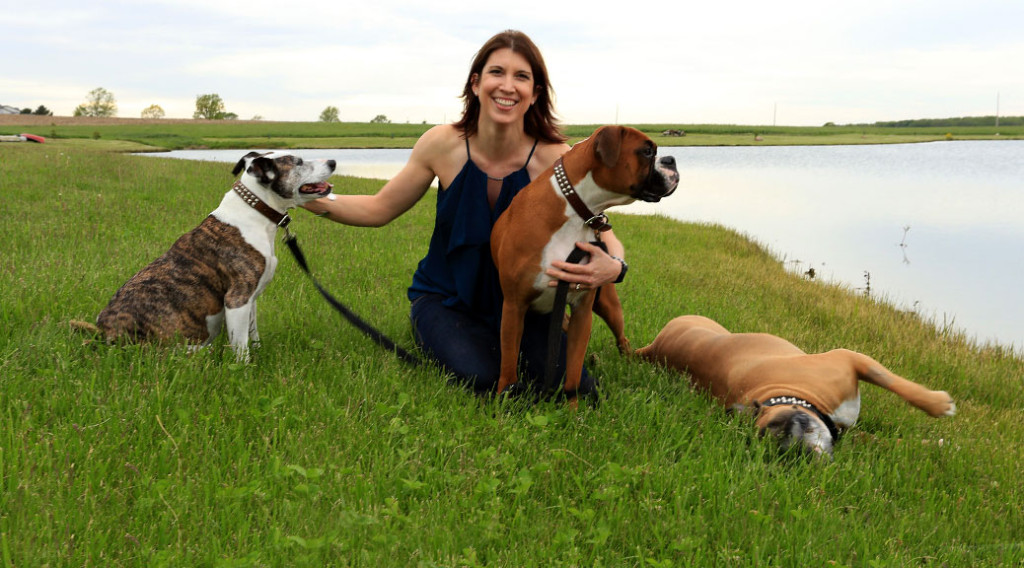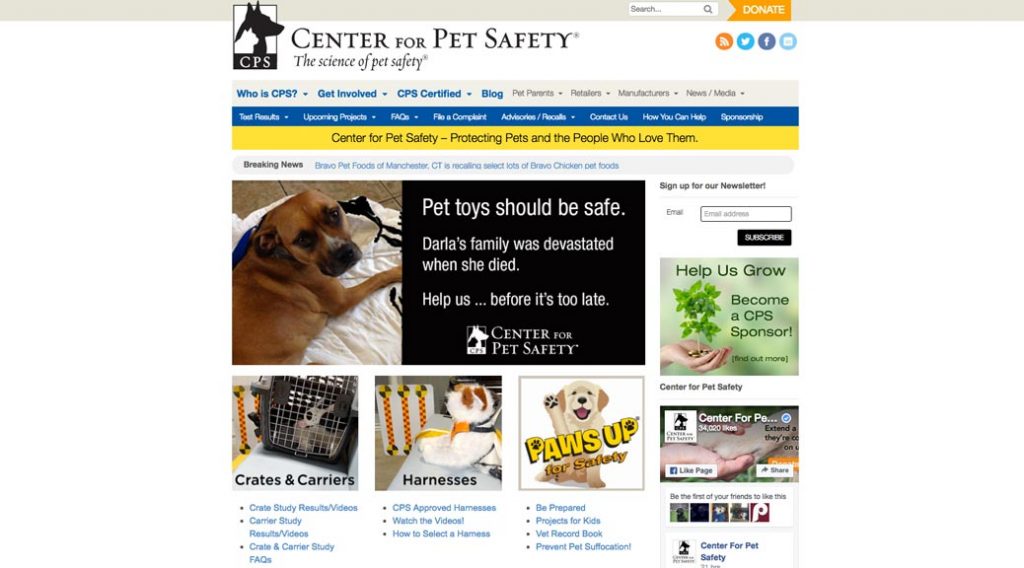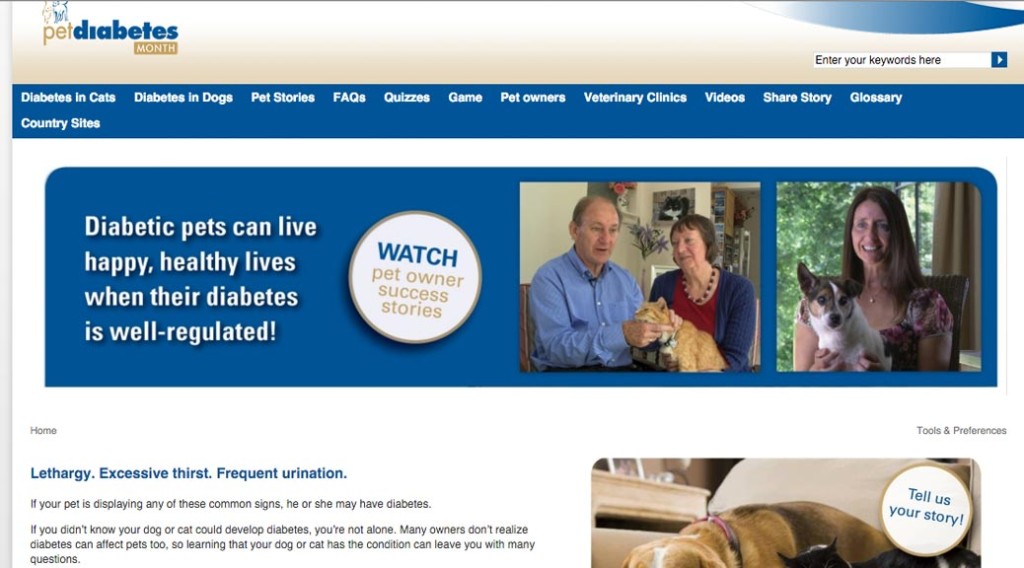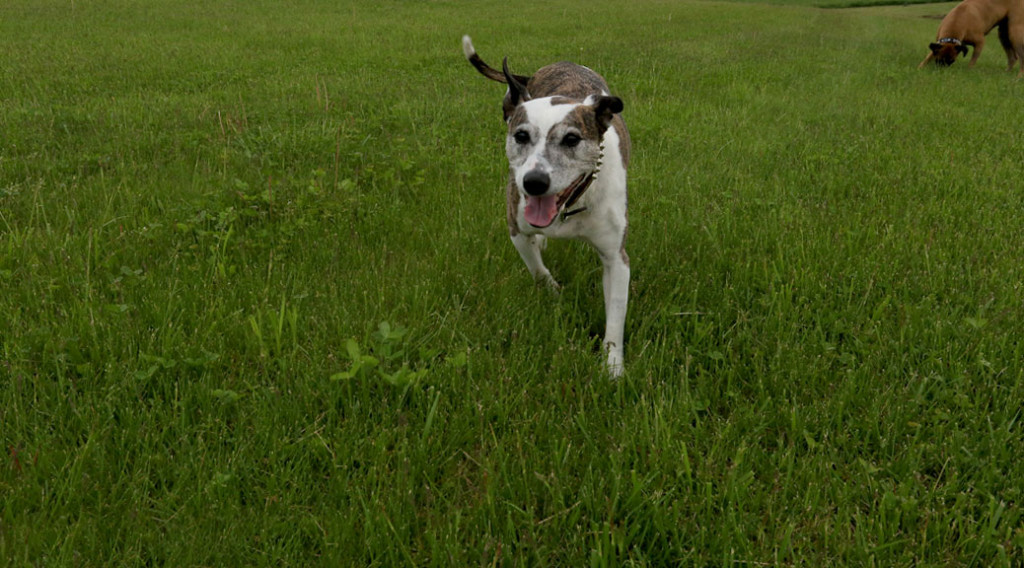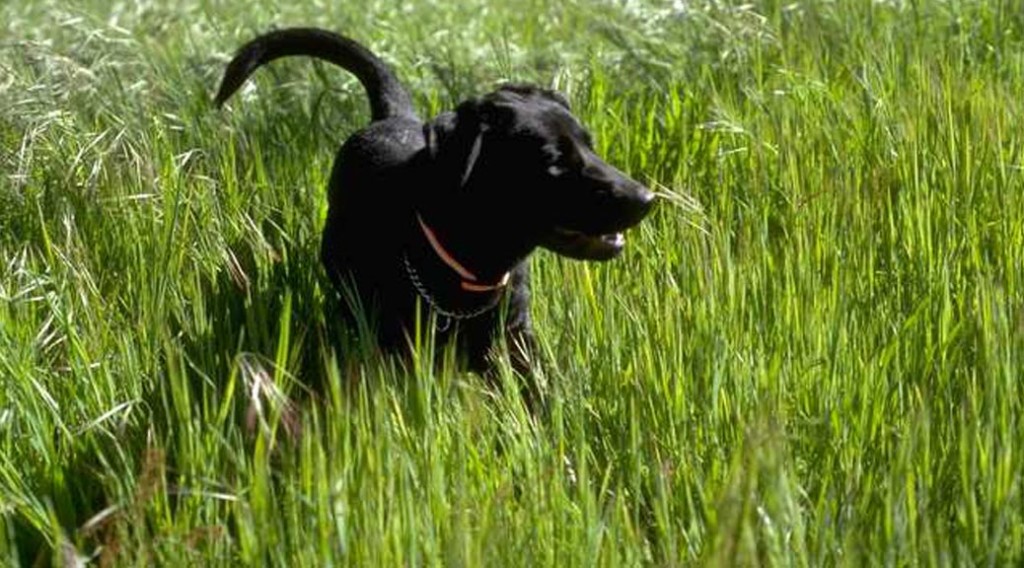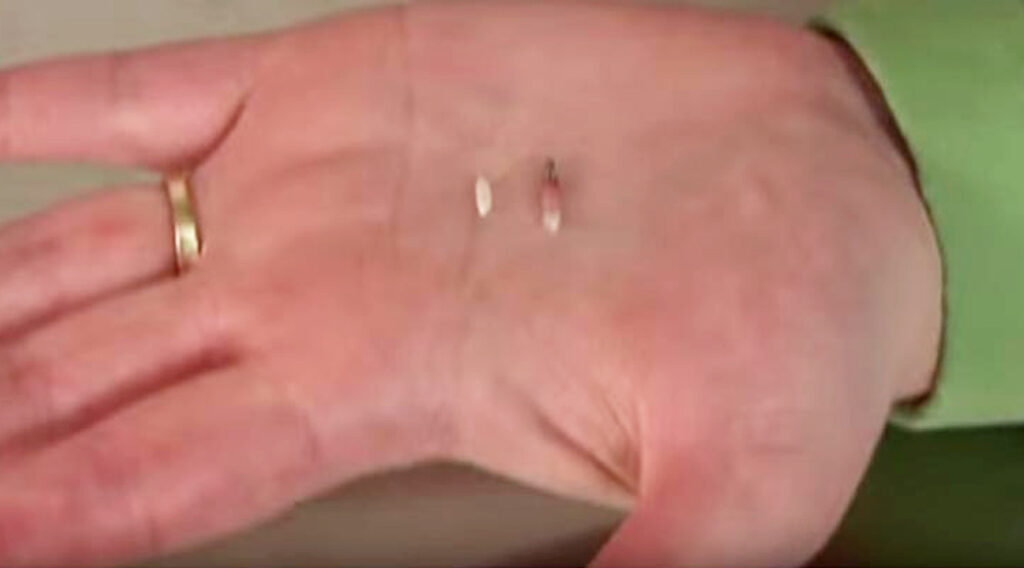This is the third of a five-post client information series Brownsburg Animal Clinic is offering on pet insurance—part of our Pet Care Costs collection of posts and pages to help you manage the costs of pet ownership more effectively. As they describe step-by-step processes, we suggest you read the Pet Insurance posts in order from first to fifth.
In the process of narrowing your choice of pet insurance companies and brands from nearly 50 to five or six, you undoubtedly picked up on some key policy features insurers use to differentiate themselves from their competitors.
Some of these features may be more valuable to you and relevant to your pet than others. Now is the time to consider your own priorities and preferences to narrow your choice of companies and policies to two or three finalists.
How Much Coverage is Enough?
If your pet has so far been essentially healthy and the veterinary healthcare expenses you’re used to covering are limited to wellness care and the occasional ear infection or torn nail, you may be shocked to learn the potential costs these days of treating more serious injuries, acute illnesses and chronic conditions.
A July 2023 article on money.com, “How Much is an Emergency Vet Visit?” provides itemized cost estimates for emergency visits for both dogs and cats ranging from $500 to $7,500.
Further down the page, a list of common pet emergencies, illnesses and procedures shows price ranges from $25 for a urine test to $10,000 for treating severe trauma or cardiac conditions. These estimates do not appear to include any follow-up treatment. In some cases, continuing treatment might be needed for the rest of the pet’s life.
Healthy Paws Pet Insurance has a page on its website, “The Average Cost of Veterinary Care in 2024
,” that is well worth browsing to see recent pricing trends and lists of the most common conditions in dogs and cats, along with average cost estimates for treatment. The company paid reimbursement amounts of as much as $30,000 and $40,000 to owners of featured cats and dogs. The owners’ share of the costs would be in addition to the claims amounts.
In its “State of the Industry Report 2025,” the North American Pet Health Insurance Association included among the highlights a list of top 10 claims paid by member companies for individual dogs and cats during 2024.
At the top of the list of dogs is a large mixed-breed nine-year-old male in Puyallup, WA, whose owners received $65,889 in claims payouts to diagnose and treat lymphoma. A large two-year-old male mixed-breed dog in Palm Beach, FL, had claims paid totaling $60,549 after ingesting a foreign body. A two-year-old male English bulldog suffering from pneumonia in Paramus, NJ, had claims payouts totaling $60,239 in 2024.
The unfortunate cat generating the highest claim amount in 2024—a seven-year-old male domestic shorthair in Sugar Land, TX, with a lung condition— generated claims payouts during 2024 totaling $99,416. Owners of a four-year-old female mixed-breed longhair cat in Redwood City, CA, received reimbursements totaling $32,750 to cover the costs of exploratory surgery. Ranking third, a four-year-old mixed-breed cat with cancer in Mesa, AZ, had claims payouts totaling $30,085.
We’re pretty sure the owners of these pets didn’t expect their pets to be the ones out of the entire risk pool to need such expensive care. But because they bought the insurance policies they did, when their pets’ medical needs arose, they were able to provide the level of care of their choosing without having to cover the entire cost from their own resources.
As you determine the right amount of coverage for you, consider these potential expenses and make sure the policy you buy—particularly the policy’s maximum payout—is adequate to cover worst-case accidents and illnesses.
Keep in mind, you’ll be expected to pay cash up front, at the time of service, should any of these unfortunate circumstances arise. Our blog post, “Sources of Cash to Pay Vet Bills,” has suggestions for generating the cash you need up front, with or without an insurance policy.
What Do You Want the Policy to Cover?
Pet healthcare expenses generally fall into two broad categories—predictable wellness or preventive care and diagnosis and treatment of unexpected accidents or illnesses. To help you meet those expenses, pet insurance policies generally provide four types of coverage—
- Accidents only
- Accidents and illnesses
- Accidents, illnesses and wellness care
- Supplemental riders and endorsements
Accidents. These are injuries caused by such medical events as poisoning, swallowing a foreign body, broken bones and cuts that happen unexpectedly, by accident. Because of the limited scope of coverage, accident-only policies have the lowest premiums.
Illnesses. Illnesses of any and all kinds—digestive issues, infections, malignancies, allergies, heart, kidney or lung conditions (to name only a few)—can arise suddenly or develop over time. They can be treatable and resolve within a few weeks or become chronic, lasting the rest of your pet’s life. Sadly, some illnesses can be fatal and will require hospice or palliative care.
Because all pets are vulnerable to illnesses as well as accidents, pet insurance policies covering both are most popular. We strongly recommend you choose a policy providing both accident and illness coverage.
Wellness. Wellness coverage is not so much about risk management as it is about managing your pet healthcare budget. While insurance protects you from unexpected, potentially catastrophic expenses, wellness plans typically offer an annual allowance to cover routine, predictable pet care expenses.
Given that you’re not dealing with the unknown, you can compare in advance the expected costs of annual wellness exams, blood and fecal tests, vaccines, parasite preventives and dental cleanings to the benefits the wellness coverage provides. Spaying and neutering, microchipping and gastropexy to prevent bloat in vulnerable breeds are also predictable, necessary one-time expenses considered part of wellness care. These may or may not be covered by the wellness plan.
To decide if you want wellness coverage, simply get an estimate of the year’s upcoming wellness services and products and do the math to determine if the coverage will pay for itself in the benefits it will provide.
If the benefits relative to the known costs of wellness services are close to break-even, or perhaps even likely to result in a small loss, you may still elect to buy the coverage as a way to spread wellness costs out in premium payments over the entire policy year.
Bear in mind, as with any covered expense, you will have to pay for wellness care at the time of service and file claims to receive the reimbursements. Although wellness coverage seems straightforward enough, any insurance claim takes time and documentation to file and has the potential of being denied or disputed by the insurer.
If wellness coverage will save you only a few dollars, you may prefer to include the predictable costs of wellness services and products in your regular household budget or as part of a designated savings account to cover such known expenses and skip the trouble of filing claims and waiting for reimbursements.
Supplemental riders and endorsements. You may be surprised to discover some of the coverage exclusions common to the pet insurance industry. While some companies differentiate themselves by integrating commonly-excluded coverage in their policies, others allow you to choose and pay extra for supplemental riders to cover selected exclusions. Some companies simply won’t cover certain expenses.
Exam fees. Some policies cover exam fees, some offer exam fee coverage as an added option and some always exclude exam fees from covered expenses.
That’s right. Our fees for your visits to our clinic to have us examine your pet will never be reimbursed by some companies or treated by other insurers as an extra available only at an additional price. It is increasingly rare for exam fee coverage to be included in the standard policy.
Given that exams are an integral part of most visits to the veterinarian, and examinations could be frequent in the event your pet experiences a serious injury or develops a chronic illness, we encourage you to insist on a policy or policy option that covers exam fees.
Without exam fee coverage, your out-of-pocket costs could grow substantially beyond the specified deductible amount as we diagnose and treat your pet’s injuries or illnesses. We would rule out any insurer offering no coverage for exam fees.
Congenital and hereditary conditions. Some breeds of dogs and cats are known to be predisposed to certain health conditions. Most insurers cover congenital and hereditary conditions, tracking claims for treatment of these conditions by breed and pricing policies accordingly.
If your pet’s breed is known to have an above-average frequency of certain diseases and disorders, read and compare the policies you’re considering carefully, looking for any special limits on coverage.
You may also ask if the insurer can provide a list of congenital and hereditary conditions for your breed and disclose if these conditions will be covered before you buy the policy.
Chronic conditions. Some incurable diseases, such as diabetes, heart failure, kidney failure, Cushing’s disease, arthritis, hypothyroidism, hyperthyroidism and cancer, can be treated and successfully managed over the lifetime of the pet. As the costs of managing chronic conditions can add up to sizable amounts, we recommend continuing coverage for chronic conditions as essential to any policy you’re considering.
Prescription drugs. Some pet insurance policies cover the cost of drugs you take home from the clinic pharmacy as part of your pet’s treatment or make take-home drug coverage available as an add-on to the main policy.
Some provide a list or formulary of the drugs they will cover. Our veterinarians may be able to treat your pet using only drugs on your insurer’s list, but if we know your pet will benefit most from a drug not included in the insurer’s formulary, we will discuss the options and trade-offs with you when we write the prescription.
Make sure you understand the policy’s prescription drug coverage before you buy.
Prescription diets. We sometimes prescribe specially-formulated diets to help manage and treat diseases and to help diagnose food allergies. These diets typically cost more than “regular” pet food and if needed for prolonged periods can strain your budget.
Given their role in diagnostics and treatment, you might assume prescription diets would be fully covered by pet insurance.
Some companies do cover a percentage of the cost of prescription diets, sometimes imposing a maximum annual dollar amount or limiting the amount of time the food costs will be covered. We recommend you choose a policy that makes prescription diet coverage available either as part of the main policy or as supplemental coverage.
Alternative therapies. If you want coverage for therapies like acupuncture, chiropractic, homeopathic or holistic treatments, look for a policy or policy supplement that includes those. Read carefully to understand the insurer’s definition of “alternative” to determine if there are special limits on these types of therapies.
Rehabilitative therapies. Physical therapy and other rehabilitative therapies common in human medicine are increasingly being used in veterinary medicine. For a fairly comprehensive list of the types of therapies currently available to animals, see the American Animal Hospital Association’s article, “What is veterinary physical rehabilitation?” Then find out if the policy you’re considering covers any of these specific rehabilitative therapies. You may also want to look for a policy or supplement that covers mobility equipment for pets.
Dental care. According to Doug Kenney—a veterinarian who wrote a book and maintained a blog and podcast on pet insurance—“Coverage for dental diseases is ‘all over the map’ and because they are common in pets, you should determine how a company covers these problems by reading a sample policy and/or contacting the company directly.”
Most companies will not cover having your pet’s teeth cleaned and examined under anesthesia except as part of a wellness plan.
Most insurers will cover treating fractured teeth caused by an accident, but they may or may not cover extractions of fractured teeth or restorative root canals and crowns.
Most don’t cover periodontal disease because they consider it preventable with regular tooth-brushing and check-ups. Companies that do offer coverage may require you to keep up with regular cleanings and check-ups for the coverage to be in effect.
Because dental health is critically important to your pet’s overall health, and because dental diseases are common, we encourage you to clarify the coverage provided by any policy you’re considering and favor the one that offers the most generous dental benefits.
Behavior therapy. As Dr. Kenney notes, “Behavior problems are among the most common reasons that pets are relinquished to shelters and otherwise healthy pets are euthanized.” He mentions separation anxiety, noise phobias, litter box aversion, aggression and obsessive-compulsive disorders as examples of behavioral problems that could benefit from diagnosis and treatment by an animal behavior specialist.
Make sure you understand any definitions and limits of coverage for behavior therapy provided by the policy itself or a supplemental rider before you buy.
Discounts. Most companies offer discounts—commonly 5% to 10%—when insuring multiple pets from the same household. If you have more than one pet, this option is worth noting.
Some insurers offer discounts to teachers, first responders, veterans, active military personnel, AARP members and owners of support and therapy animals. If you are part of any of these groups, find out if such premium discounts are available for your policy.
What Are Your Pet’s Pre-Existing Conditions?
Among the most common reasons for an insurer’s denying a claim is that the claims adjuster believes the condition requiring treatment was pre-existing—that even without a previous definitive diagnosis, there were signs or symptoms of the illness or injury in the pet’s medical record dating back to before the policy was in force.
Some companies ask for medical records from the previous 12 months while others ask to see records from the past 24 months or more. Obviously, the fewer months reviewed, the less likely the insurer will be to find a pre-existing condition.
While you are still in the early stages of shopping for a policy, we suggest you find out for yourself just what’s in your pet’s medical record. Ask us for a copy and read the entire document. If your pet has been treated at other practices, request and read medical records from those providers, too.
The insurer will expect you to provide records from any veterinary care provider who’s seen your pet during the time period specified.
You may be surprised at the level of detail you’ll find in our veterinary medical record notes. If you mention to our technicians or doctors a symptom you’ve observed—an occasional cough, a day or two of diarrhea, a single incident of vomiting—even if we weren’t overly concerned about it at the time and it seemingly resolved on its own, we probably noted in your pet’s medical record that you observed the symptom. Our front desk staff makes notes of symptoms you mention in your phone calls to the clinic and front-desk conversations—especially those requiring follow-up with other members of our team.
To a claims adjuster, medical record notes made before your coverage began can be interpreted as early signs and symptoms of what to you—and probably to us, too—is a new condition unrelated to symptoms that emerged and apparently resolved months ago.
It’s helpful for you to know, in advance, what your pet’s medical records contain.
Bilateral Conditions. As a subcategory of pre-existing conditions, some companies exclude coverage of the second occurrence of a bilateral condition—that is a condition that can impact either or both sides of the body.
If your pet has previously had hip or elbow dysplasia, cruciate ligament issues, a luxating patella or a cataract on one side, the policy may not cover the same condition, should it occur on the opposite side.
To avoid misunderstandings about coverage—especially if your pet has experienced health problems on one but not the other side of its body—find out the insurer’s coverage of bilateral conditions before you buy the policy.
Medical records reviews. Dr. Kenney encourages policy buyers to ask the insurer for a medical record review after the waiting period for a new policy ends and to inform you in writing of any pre-existing conditions they will exclude from coverage.
Some companies may be willing to conduct such a review, but many will not examine medical records until you file a claim. Only then will you know if they see early signs of a current illness dating to before the policy was in force.
Appeals. With most policies, you will have the option to appeal their decisions about pre-existing conditions and other denials of claims. Some insurers have several levels of appeals, perhaps beginning with a review by a veterinarian on staff at the insurance company and escalating to a review by an independent panel of veterinarians who will decide if the claim should be paid.
Ultimately, our state insurance commissioner is charged with overseeing pet insurance companies’ operations within Indiana. If all else fails, you may contact the Indiana Department of Insurance and ask for help in resolving a dispute with your pet’s insurer. We suspect the support you receive may be limited. We tried searching for “pet insurance” and “pet health insurance” on the department’s website and produced no results beyond being asked if we meant “reinsurance.”
If you do contact the state insurance department concerning pet insurance, ask to be directed to the division handling property and casualty insurance. Despite how much we love them as members of our families, legally, pets are considered property and pet insurance policies are in the same category as homeowners and auto insurance.
Read the policy to see how the insurer you’re considering handles appeals.
How Much Risk Are You Willing to Assume?
Think about how much risk you can reasonably afford to cover and how much risk you want to shift to the insurance company. Naturally, the lower the risk to the insurance company, the lower the policy premium.
The main variables for allocating risk are the deductible amount, the co-insurance percentage and the maximum payout.
A policy including wellness coverage with a $250 deductible and a 90-100% co-insurance benefit and unlimited payout shifts most of the burden of your pet’s veterinary care, excluding pre-existing conditions, to the insurer. You are assuming little risk, because the chances are high that you will meet such a low deductible and have all or nearly all remaining eligible expenses covered and reimbursed by the insurer. The premium for a policy like this one will be relatively high, but you can effectively use such a policy to spread your costs of veterinary care to a fairly predictable monthly payment.
A policy with no wellness benefits, a $1,000 deductible and 70-80% co-insurance shifts more risk to you, the pet owner. You expect to cover all the largely predictable costs of annual exams, vaccines, parasite preventives and dental cleanings as well as the first $1,000 (or more, depending on how the company calculates the deductible) in eligible expenses during the year. Your premiums for this policy will be much more affordable than the policy in the previous example because you are electing to cover more expenses and assuming more risk. For you, the goal is to cover only substantial and catastrophic expenses, so the maximum payout you choose would still need to be high—preferably unlimited.
It’s up to you to consider how much risk you are willing and able to assume, determining the maximum you could afford to spend on your pet’s healthcare and setting deductible and co-insurance amounts accordingly.
How Much Risk Is the Insurer Willing to Assume?
The terms of the policy and any supplemental riders, along with the premium quoted, indicate the amount of risk the insurer is willing to assume on your pet’s behalf.
Insurers carefully calculate the risk they’re taking in issuing your policy based primarily on your pet’s species, breed and age and on the average cost of veterinary care in the market where you live. Their underwriters analyze claims history of pets similar to yours and other relevant actuarial data and set their policy terms, premium prices, maximum pay-outs and co-insurance options accordingly.
Premiums. Companies and brands set premium prices based on their own claims experiences and chosen approaches to risk assessment. Coverage for higher-risk pets—older pets and those whose breeds have more health problems than average—costs more than coverage for younger pets at relatively low risk of heritable conditions.
Pricing is also part of each insurer’s marketing strategy. When you reach the value shopping stage discussed in an upcoming post, we will encourage you to collect quotes on identical—or as similar as you can make them—policies from different insurers. We expect you’ll find differences in pricing from company to company for essentially the same coverage.
For all insurers, the goal is to collect enough in premium payments to cover all the expected claims and expenses of running the business while generating a profit for shareholders.
For you, the goal is to pay enough in premiums to buy the best coverage you can afford from a reputable company.
Your goal is not to find the cheapest policy.
Waiting periods. When you choose your policy and enroll your pet, you will almost certainly have to wait before full coverage goes into effect.
Typically, insurers impose waiting periods of two days for accidents, two weeks for illnesses and six months for problems with cruciate ligaments. Illnesses and injuries that originate during the waiting period will be excluded from coverage.
These waiting periods protect the insurer from claims by policy buyers attempting to defraud the insurer by knowingly purchasing policies after the animal is already injured or ill.
Payout limits. While some insurers offer the option of unlimited claims payouts, most policies come with a stated maximum claims payout—most commonly calculated annually for all covered claims but sometimes applied to specific conditions, to each new incident or for specific body systems—digestive, musculoskeletal and nervous. Some use predetermined benefits schedules to establish payout limits to cover specific conditions. Some companies limit the total policy payout over the pet’s lifetime.
Some companies use a combination of maximum payout provisions. They might limit payouts per incident and cap the total for the year.
Naturally, the higher the maximum claims payment the insurer risks making, the better the protection and the higher the premium.
The lower the maximum payout, the greater your risk of running out of coverage in the event of a catastrophic accident or illness. In your attempt to economize on premiums, don’t accept such a low, restrictive maximum payout that your coverage becomes worthless in the event of a serious illness or accident.
Exclusions. All pet insurance policies identify medical conditions not covered, and these may or may not be listed on the insurer’s website or in marketing materials. Expenses related to diagnosing and treating excluded conditions will not count toward the deductible and will not be reimbursed. Pre-existing conditions are always excluded from coverage.
Most insurers also exclude coverage for grooming (bathing, haircuts and nail trimming), boarding and kennel fees, elective procedures like declawing, ear cropping and tail docking, costs associated with breeding and pregnancy, and lost or stolen pets. Coverage for vaccines are generally available only through wellness plans.
For full disclosure of a policy’s exclusions, you must read the policy. Call the company to ask about anything that’s unclear or so vaguely worded as to leave enough wiggle room for the insurer to deny coverage.
Requirements. Some policies set specific requirements you must meet to keep the coverage in force. For example, the insurer may require annual exams, compliance with vaccination schedules and submission of medical records. Or the policy may stipulate that the pet must live at the address listed on the policy.
These are not the sorts of details insurers typically feature on their websites or in their promotional email messages. The only way to be sure you understand and are willing to adhere to the insurer’s requirements is to read the policy.
Preventable diseases. Many companies exclude coverage for diseases preventable by vaccines, such as parvovirus and Bordetella, or for diseases caused by parasites for which there are preventives, such as heartworms, fleas and ticks and other internal and external parasites.
If you routinely follow our recommended testing and vaccination schedules and regularly administer preventives, you probably will be in compliance with any preventable disease requirements. However, if your pet’s vaccination schedule has been altered for some reason—perhaps because of an allergic reaction to a vaccine—you will want to clarify the coverage terms for your pet’s preventable diseases.
Many companies also consider certain dental diseases preventable with home care.
Breed-specific coverage caps and exclusions. Some companies reduce their risks by limiting coverage for certain breeds and excluding or capping claims for some hereditary disorders, treatments and chronic health conditions associated with some breeds.
For example, insurers know of every 100 German shepherd dogs they cover, 20 of them are likely to develop hip dysplasia. For every 100 Persian cats they insure, they know 46 will have the genetic mutation associated with polycystic kidney disease. They know for every 100 Bernese mountain dogs and flat-coated retrievers they insure, four or five of the dogs will develop histiocytic sarcoma—a relatively rare cancer in other breeds.
If you own what the insurer considers a “high-risk” breed, make sure you understand such limits and exclusions on any coverage you’re considering.
Reimbursement calculations. Insurers may reduce their own risk in the ways they choose to calculate reimbursement amounts.
They may reimburse your claim based on the amount your veterinarian charges—the best option for you, but the riskiest option for the insurer.
Some companies reimburse based on a benefit schedule showing the maximum amount they will pay for the conditions and treatments on their list. If your veterinarian charges more than the maximum listed, the insurer will exclude the additional expense from coverage.
Some insurers reimburse based on “usual, reasonable and customary” charges in your part of the country. As with benefits schedule calculations, the insurer will exclude covering fees your veterinarian charges in excess of what the insurer has determined is usual, reasonable and customary.
Clarify how the insurer calculates reimbursements and understand how benefits schedules and usual, reasonable and customary limits will impact your covered expenses before buying your policy. It’s generally to your advantage to look for an insurer who reimburses based on the charges shown on our invoices.
Deductible calculations. Most people assume they’ll have met the deductible specified in their pet insurance policy once they’ve paid out-of-pocket for covered expenses totaling that amount. With pet insurance, that’s not always the case.
Many companies factor in the co-insurance amount when calculating the deductible. For a policy with a $500 deductible and 80% co-insurance, once you’ve paid vet bills totaling $500, these companies apply only $400 to the deductible. You’ll need to pay another $125 in vet bills to meet the $500 deductible. ($625 x 80% = $500)
Read any policy you’re considering purchasing to see how the company calculates and applies your out-of-pocket costs to the deductible.
Dr. Fran Wilkerson’s Lesson on Essential Coverage
Whether or not you completed Dr. Fran Wilkerson’s “Comprehensive Pet Insurance Guide” tutorial we recommended in our first pet insurance series post, now is the time to read or reread Lesson 7, “5 Points of Coverage Your Pet Insurance Plan Must Have.”
“If you do not have these 5 components of coverage,” warns Dr. Wilkerson, “you are literally throwing your money away because you will not be covered for common, core diseases.”
Your ‘Must-Haves, Nice-to-Haves, Dealbreakers’ Worksheet
As you review this post, begin compiling a worksheet listing policy features you definitely want—the Must-Haves, the features that would be nice to have but not essential—the Nice-to-Haves, and the features or requirements that are Dealbreakers for you.
To give you an idea of what your worksheet might contain, here’s a sample worksheet one pet insurance shopper compiled:
Must Haves
- Covers accidents and illnesses, including coverage for cancer, continuing coverage for chronic disease, coverage for hereditary and congenital diseases and conditions common to my pet’s breed*
- Benefits based on actual invoice from my vet
- 80% or 90% reimbursement
- No less than $20,000 maximum annual pay-out, preferably unlimited
- Annual deductible of $1,000 or less
- Exam fee coverage included or available as a supplement
- Quick, easy claims process
- Willing to pre-certify a claim
- Prescription drug coverage
- Covers rehabilitation therapy and equipment
- Ability to customize and downgrade coverage when premiums increase without starting over with pre-x
- Customer service available promptly by phone and willing and able to answer questions
- Apparent company stability, experience—in business at least three years
Nice-to-Haves
- Medical records review available immediately after any waiting periods conclude, ideally in time to cancel policy for a full refund
- Annual deductible based on covered expenses before co-insurance applied
- 24/7/365 customer service available, preferably by phone
- Availability of claims processors nights and weekends
- Covers “curable” pre-ex after specified time with no recurrence
- Generous, clearly explained dental coverage
- Wellness plan if reimbursements more than recover the premium cost and justify the hassle of filing claims
- Prescription diet coverage
- Alternative treatments coverage
Dealbreakers
- Claims based on usual/reasonable/customary or benefits schedule
- Per-incident or per-condition deductibles
- No exam fee coverage
- Maximum policy payouts based on per-incident or benefit schedules
- Overly-aggressive definitions of pre-x as indicated by policy terms and customer reviews
- Possible premium increases or policy cancellation based on individual claims history
- Numerous reviews indicating lost claims, multiple demands for veterinarian to submit the same records multiple times
- Difficulty connecting by phone, getting questions answered
- Very limited or no ability to customize the policy
- Only policy offered has low maximum payout ($5,000) and 70% co-insurance—probably because they don’t want to insure older pets
*As you can tell, this pet insurance shopper completed Dr. Fran Wilkerson’s “Comprehensive Pet Insurance Guide” tutorial before compiling her list.
Your “Must-Haves, Nice-to-Haves, Dealbreakers” lists may be similar to our sample or very different. The whole point of working through this post is to identify your own priorities and preferences for your pet’s policy.
How to Customize Your Policy
In his book, Pet Health Insurance: A Veterinarian’s Perspective, Doug Kenney offers these guidelines, in priority order, for designing a policy that provides the coverage you want at a price you can afford.
- Get the highest annual maximum you can afford.
- Make your share of co-insurance the lowest percentage you can afford.
- Get the lowest deductible you can afford.
In his book, Dr. Kenney includes charts illustrating the sometimes dramatic impact these variables can have on the policyholder’s out-of-pocket costs—ultimately, the most important consideration when customizing your policy. You can also do these calculations yourself to explore your share of costs for vet bills of various amounts under various policy configurations.




